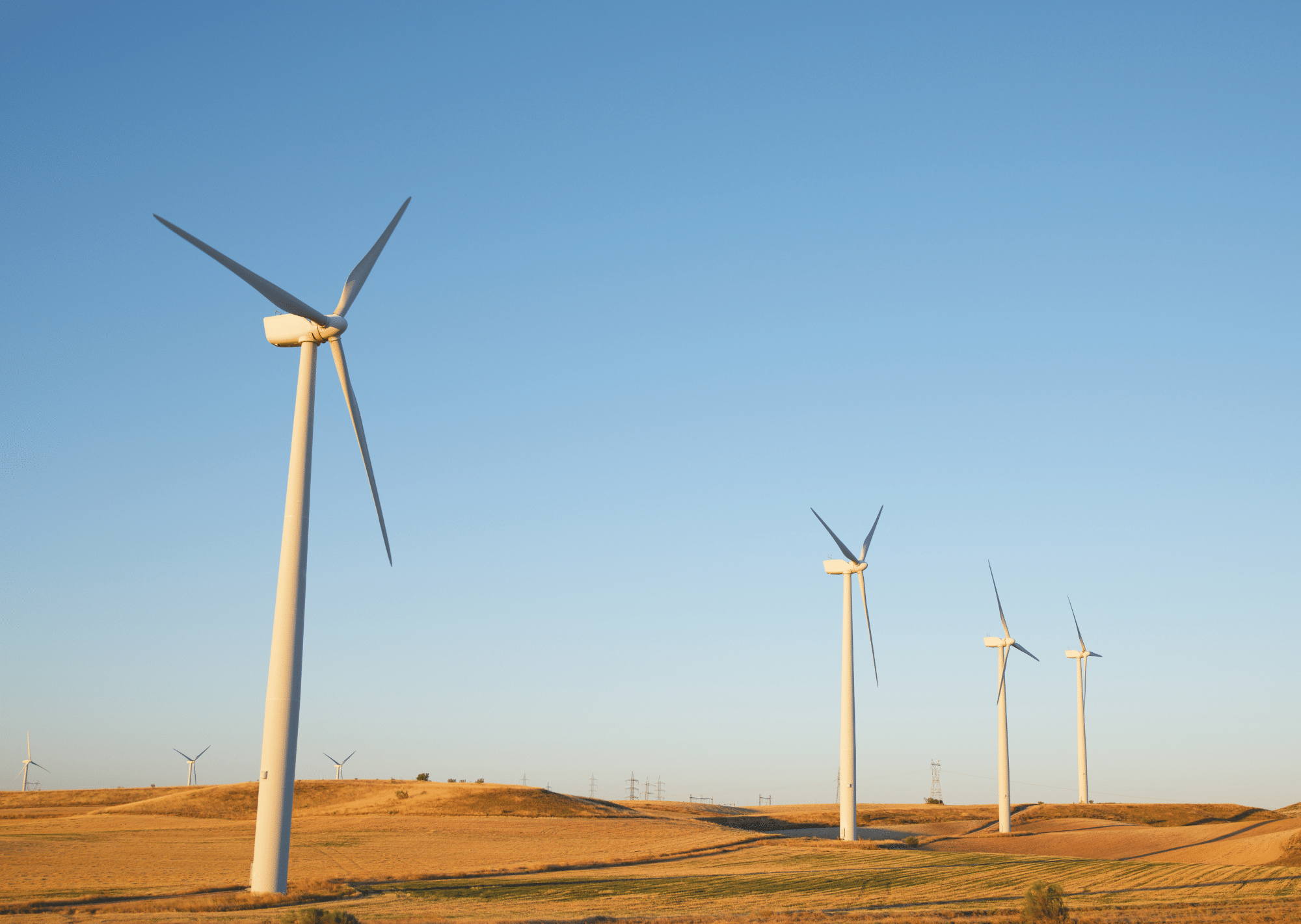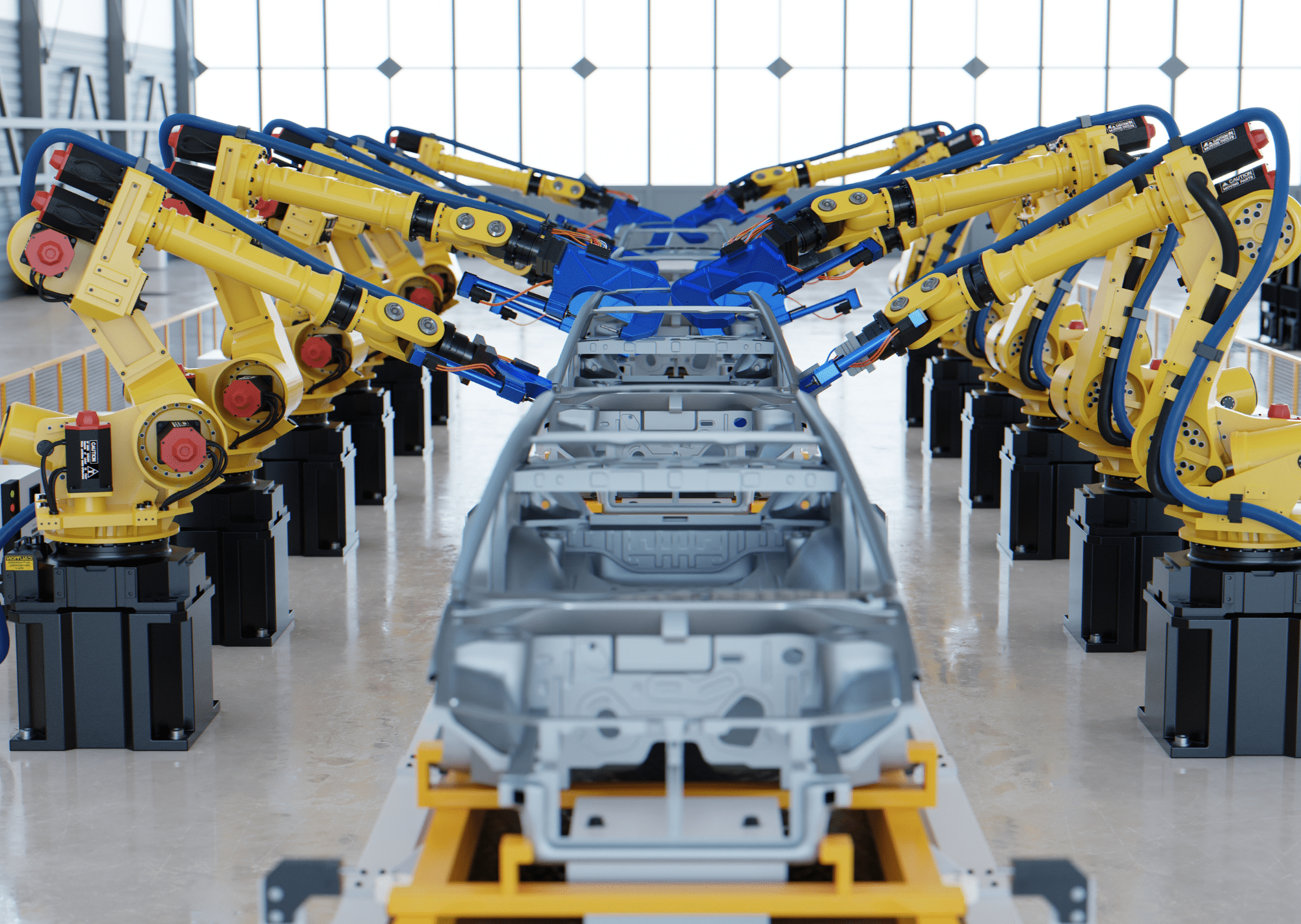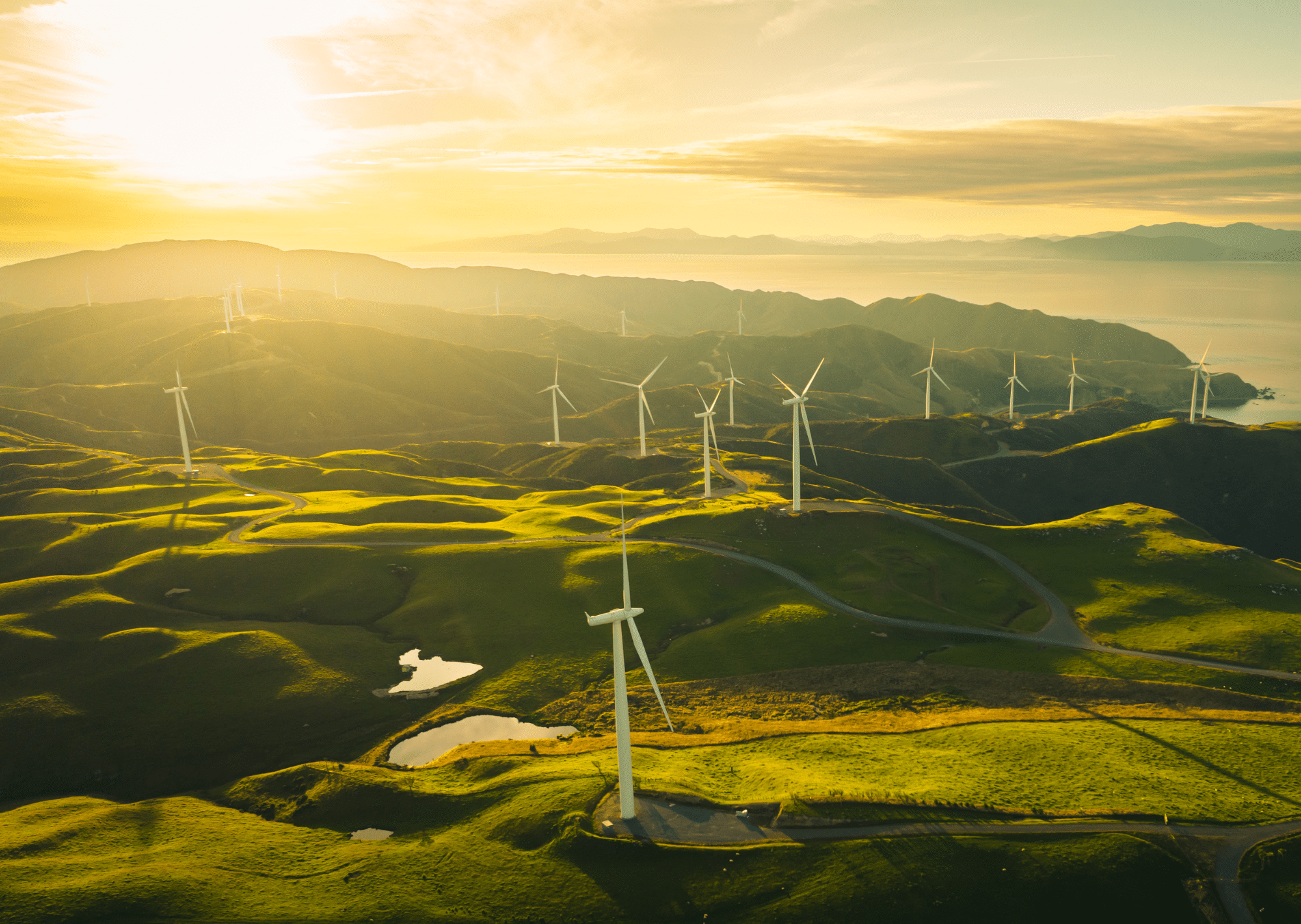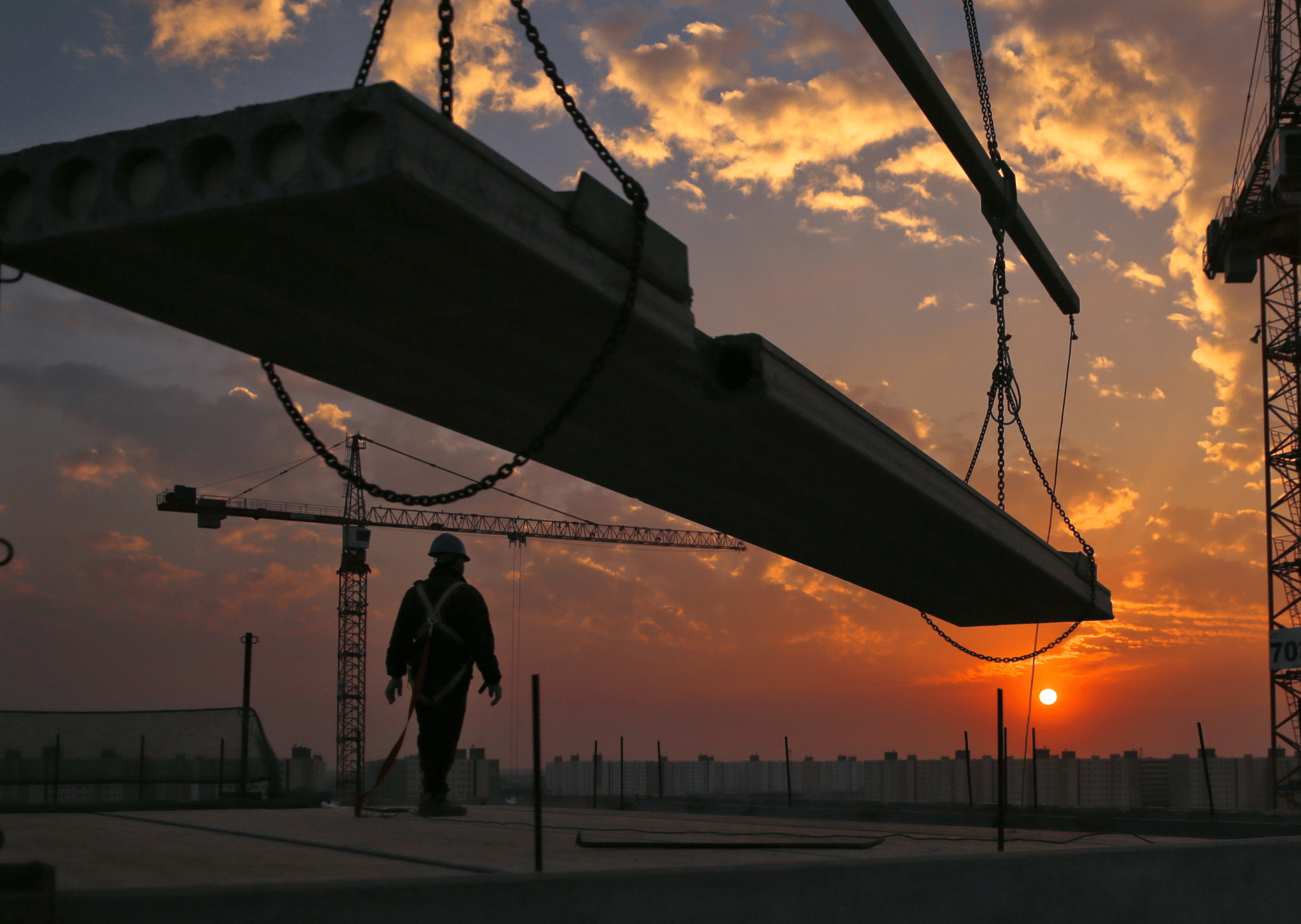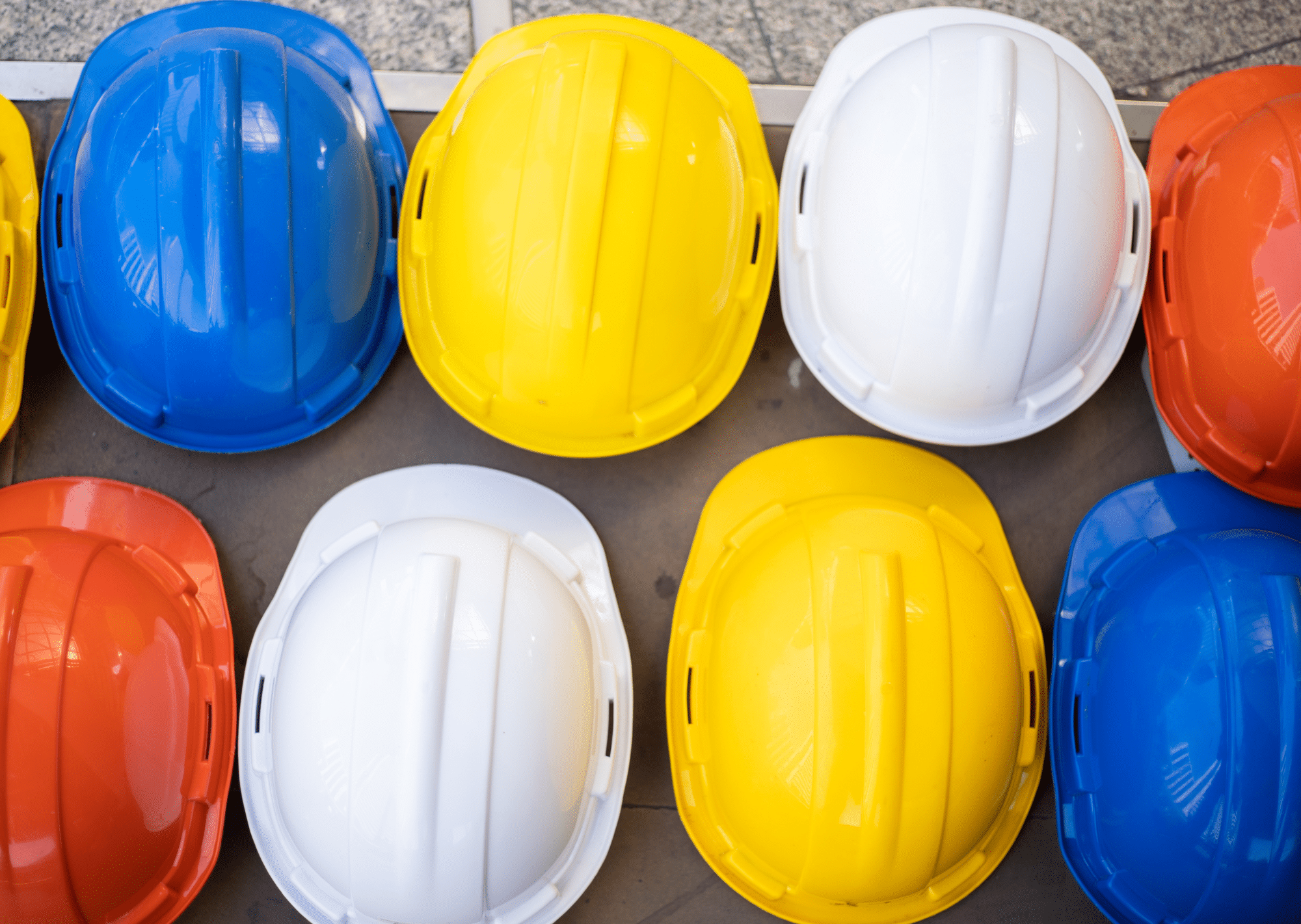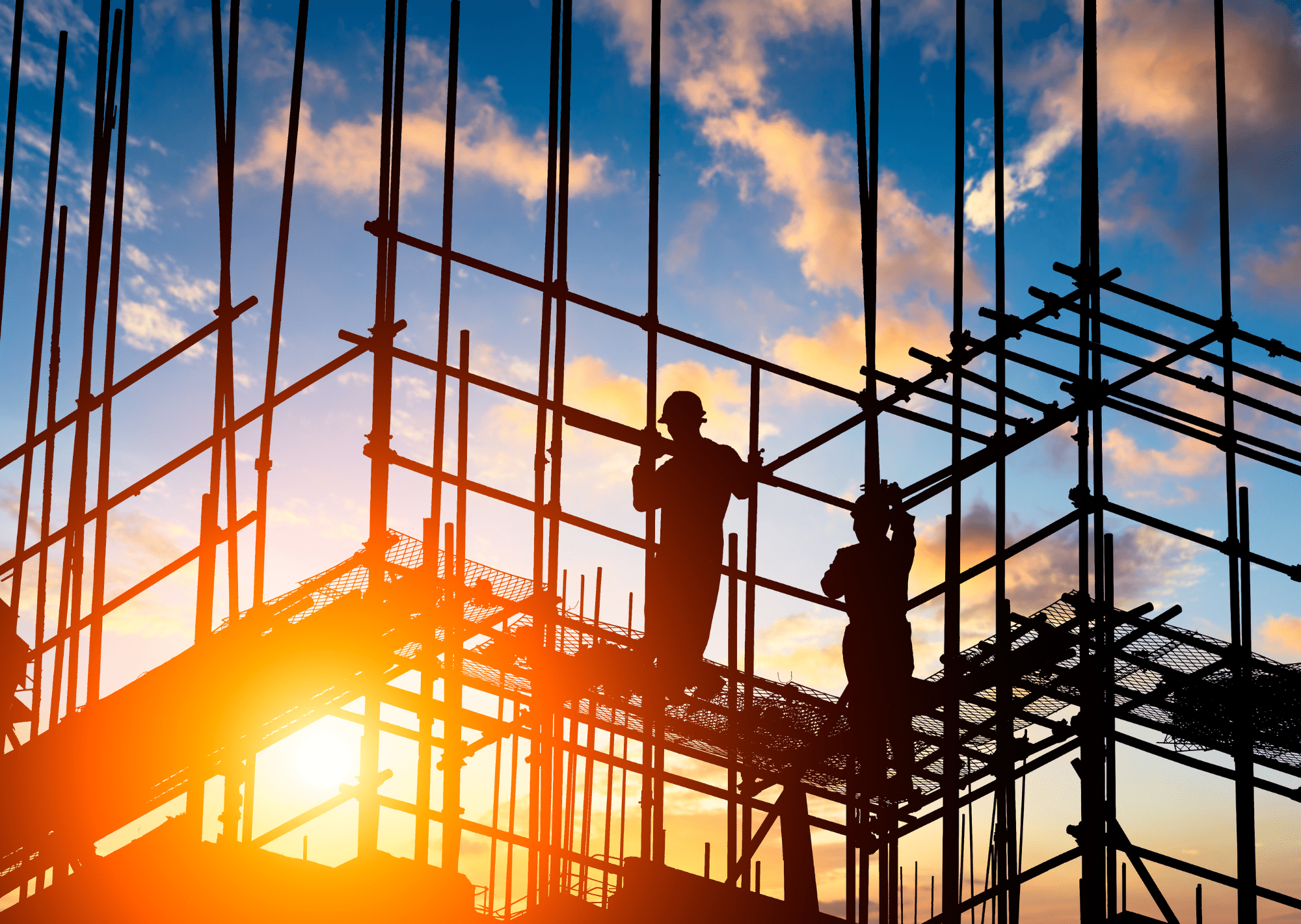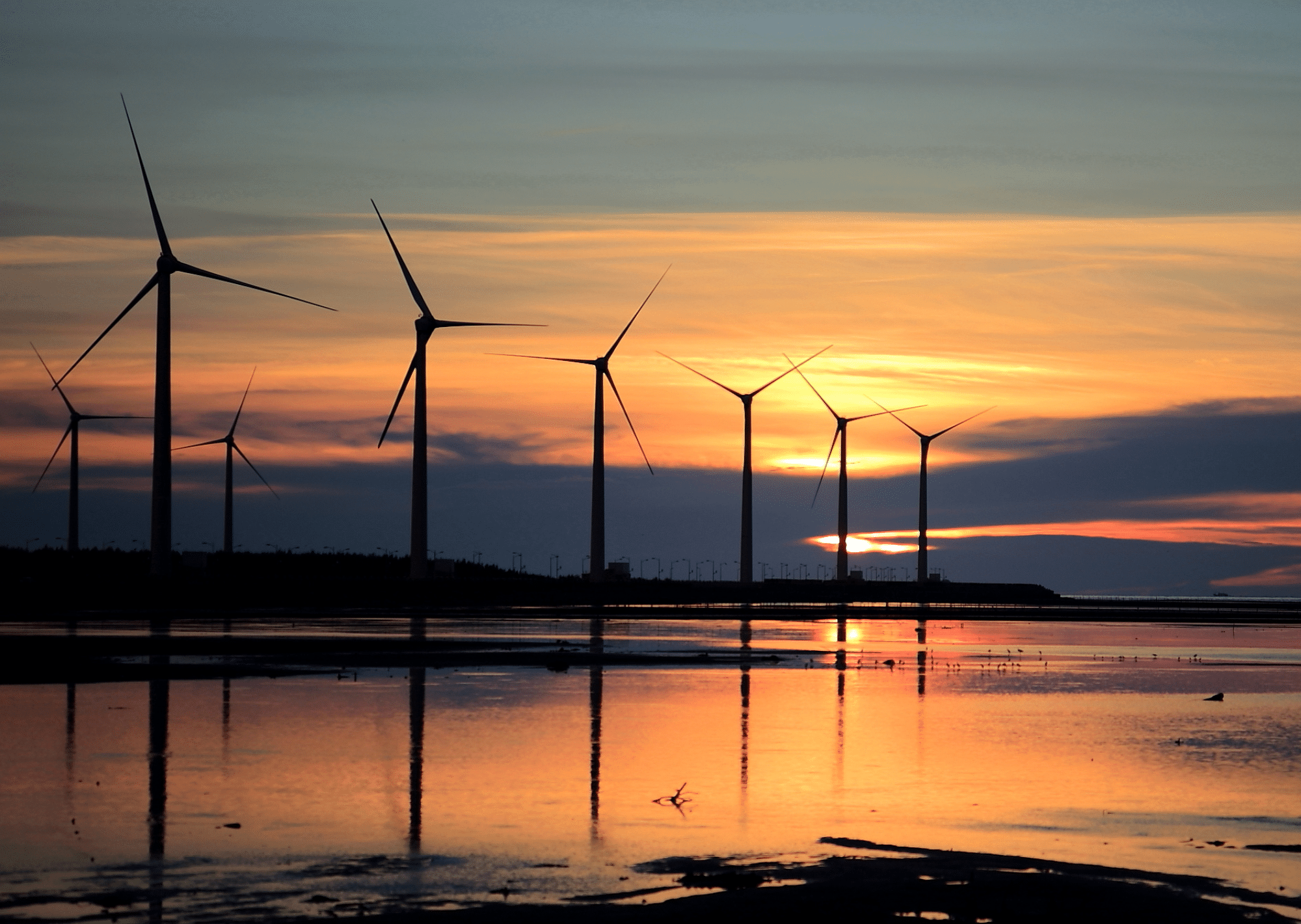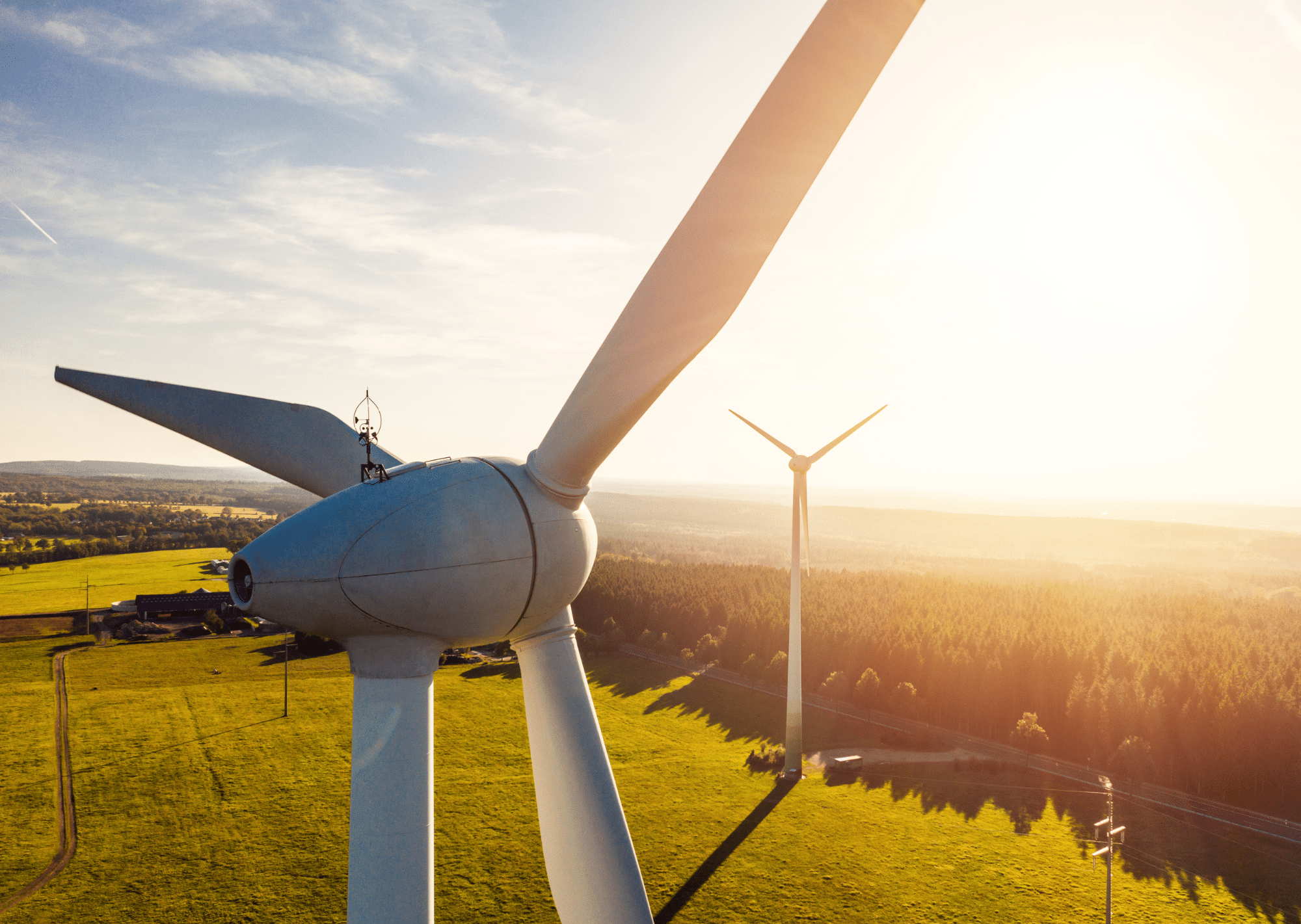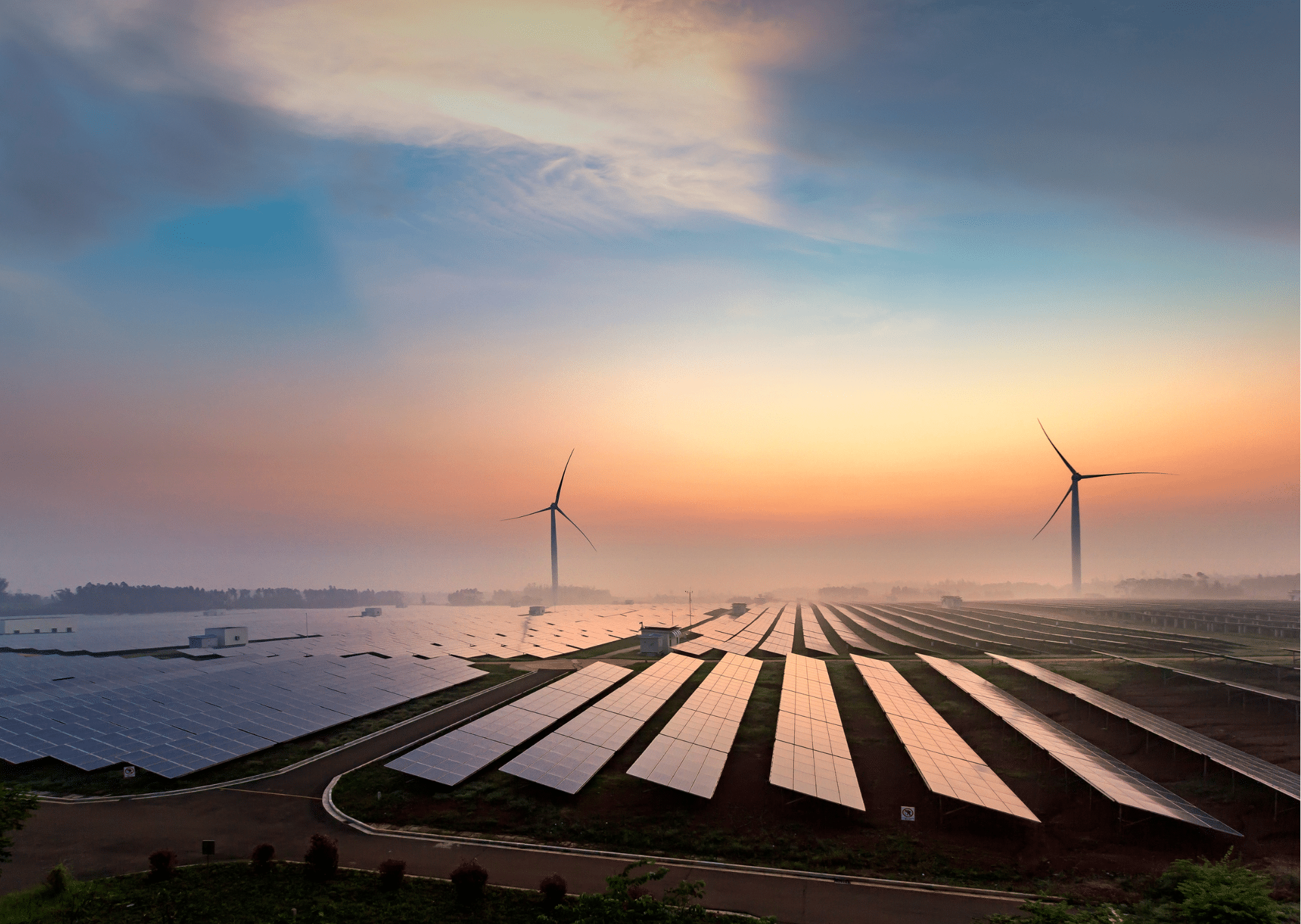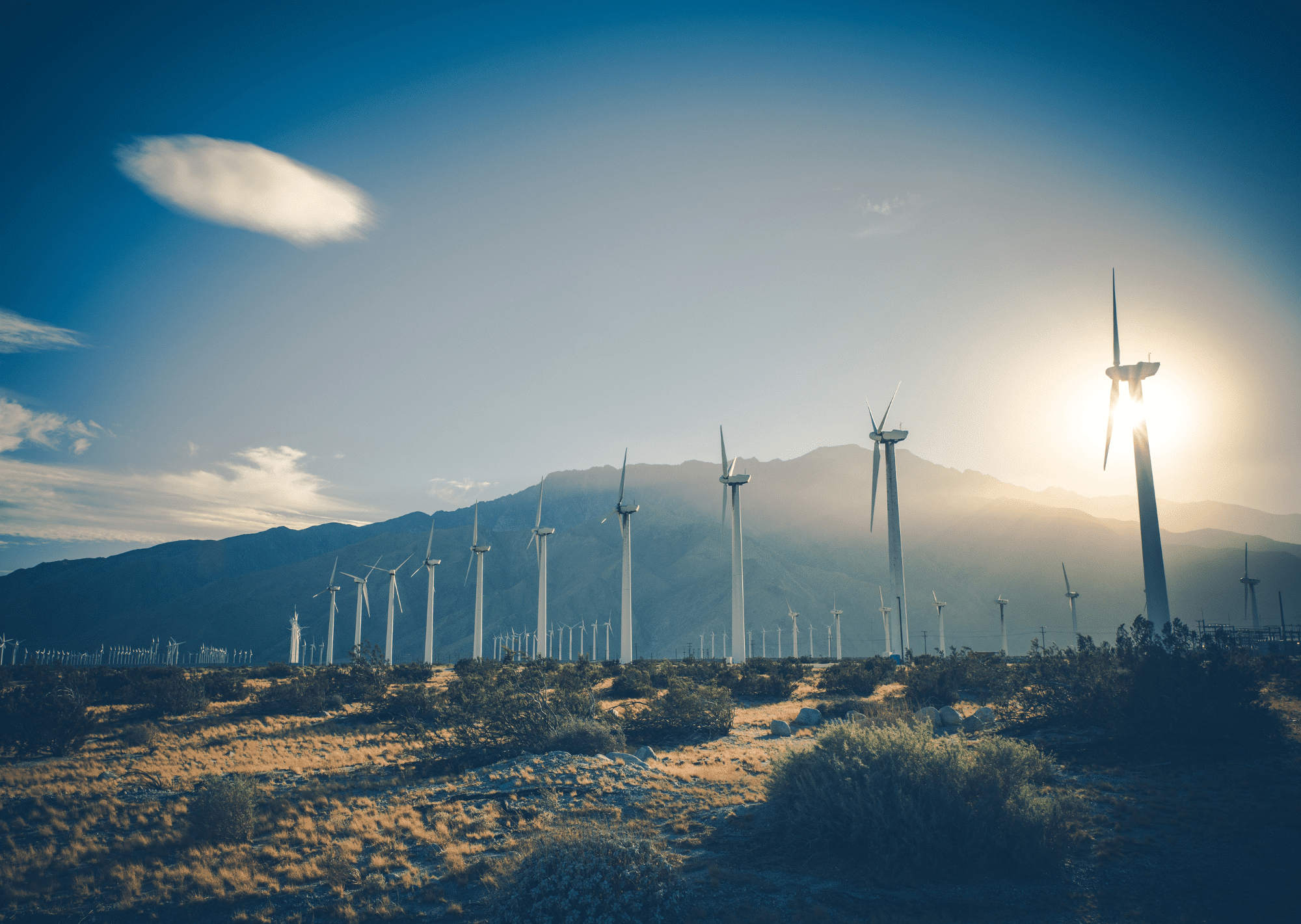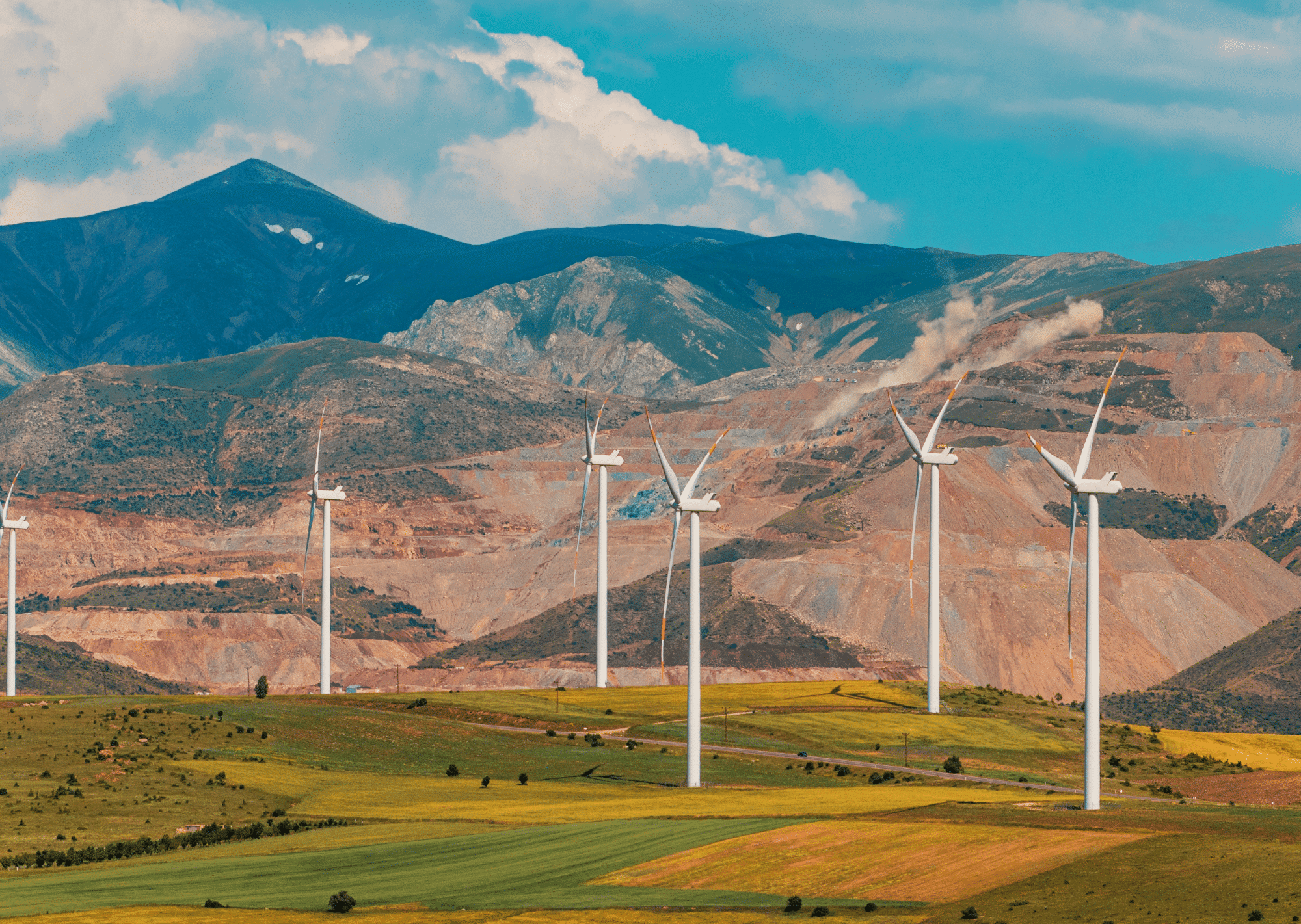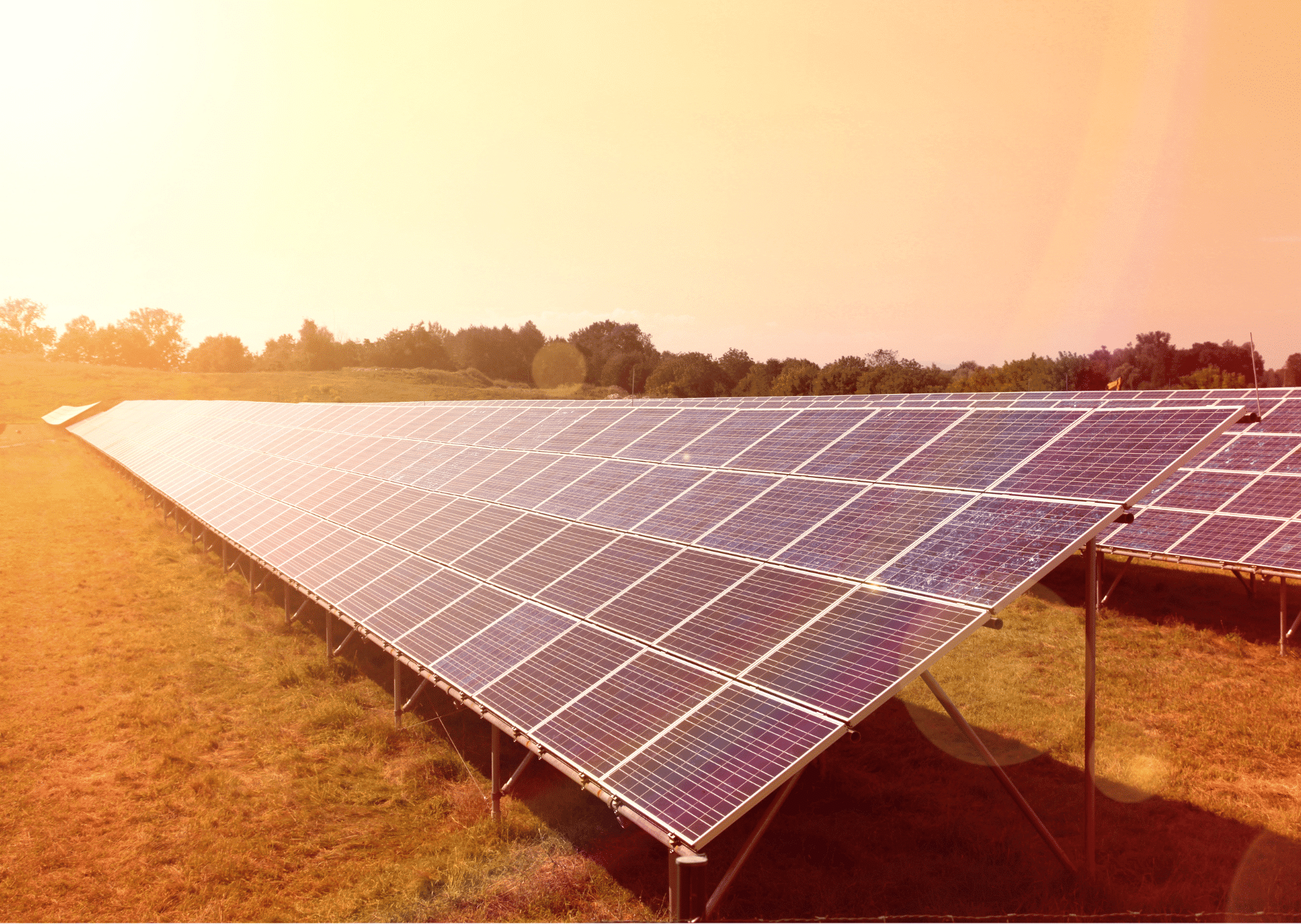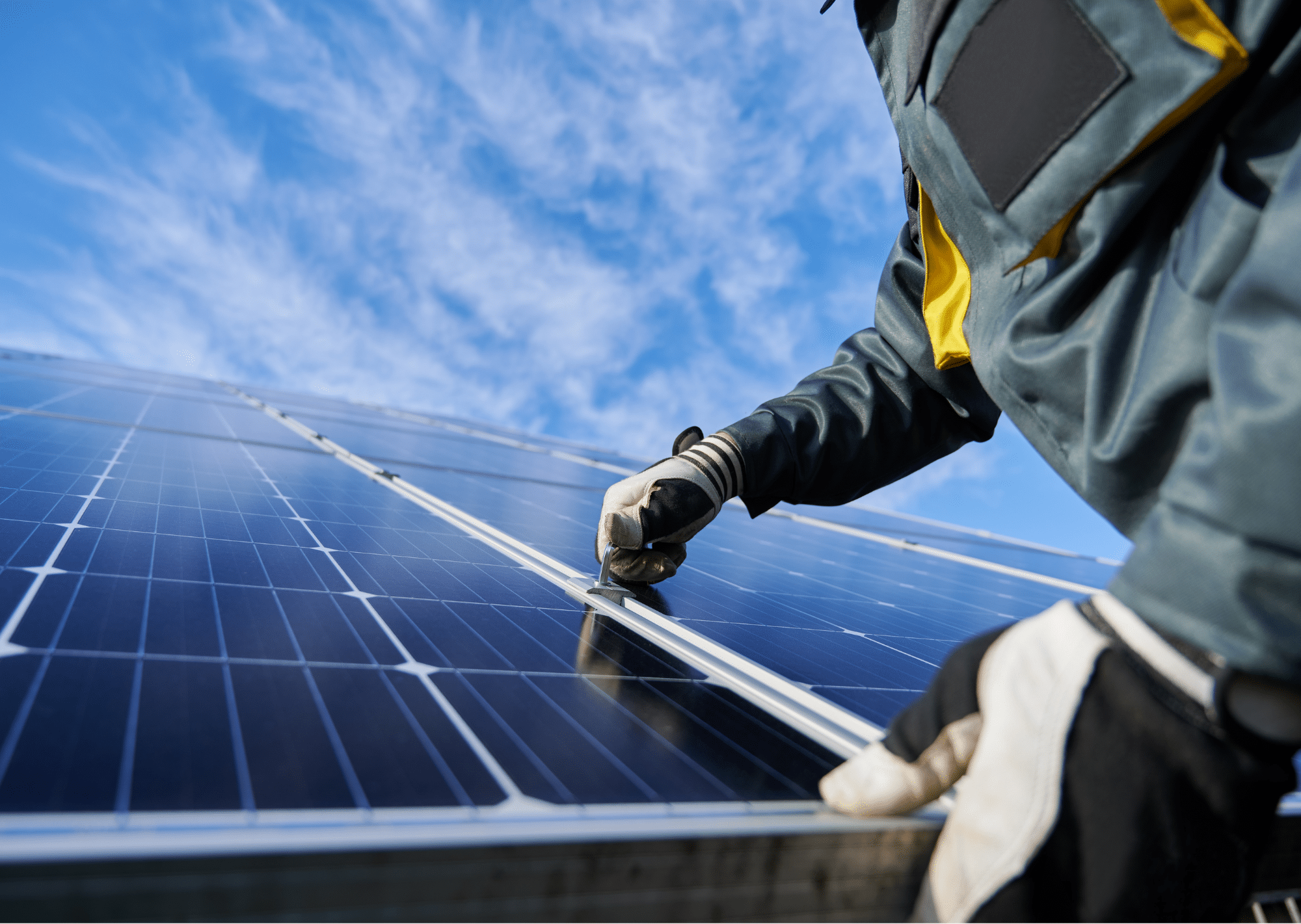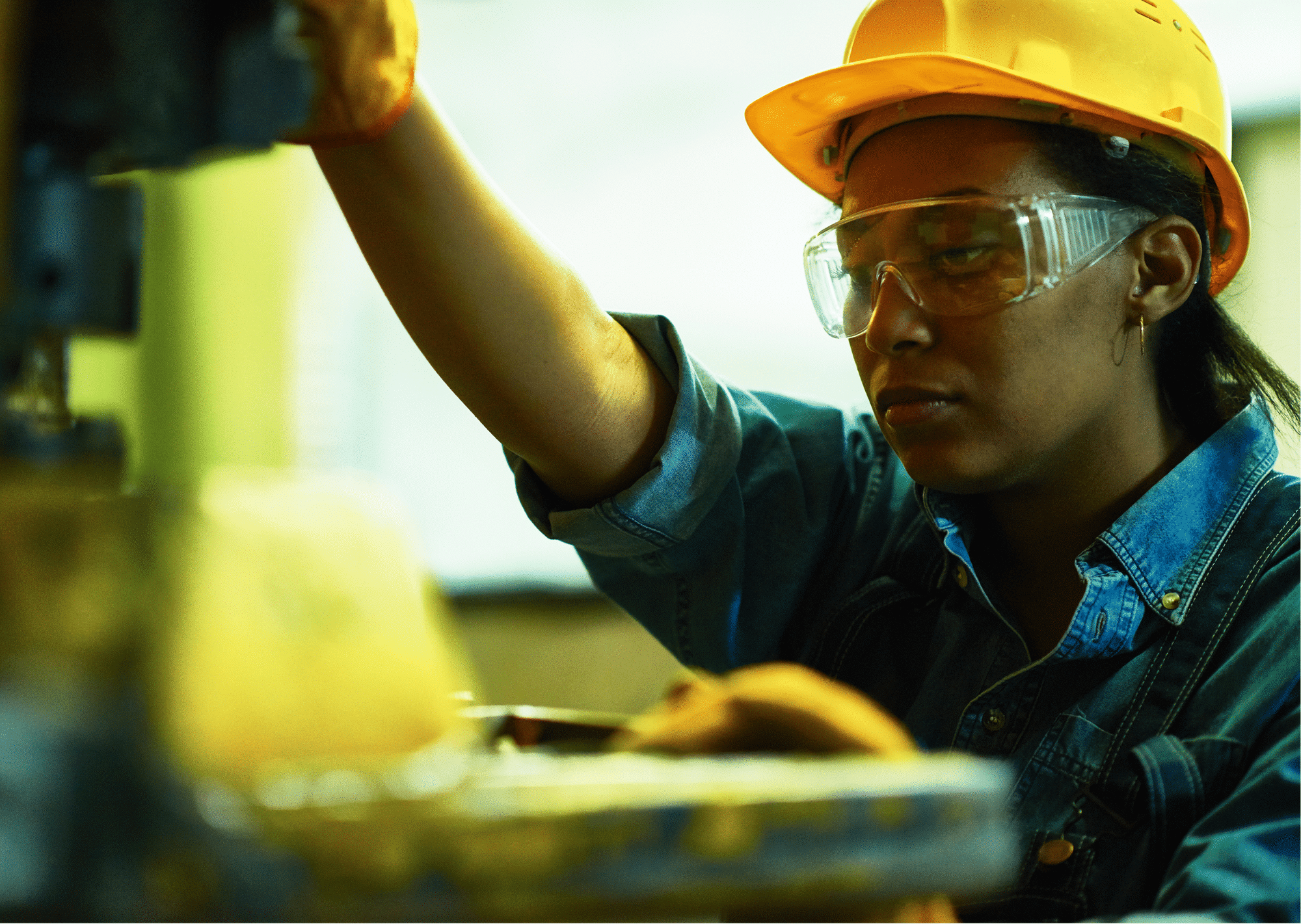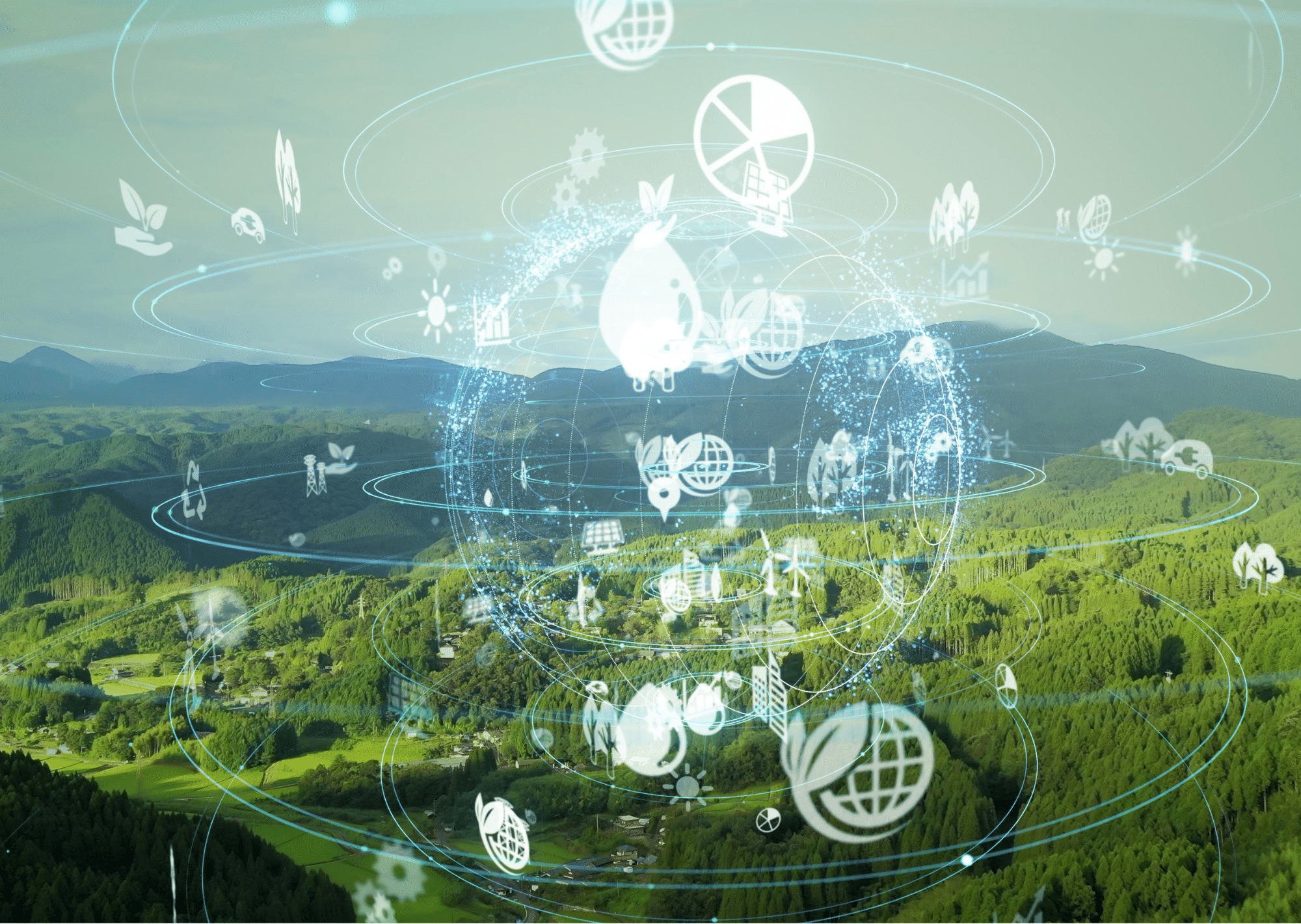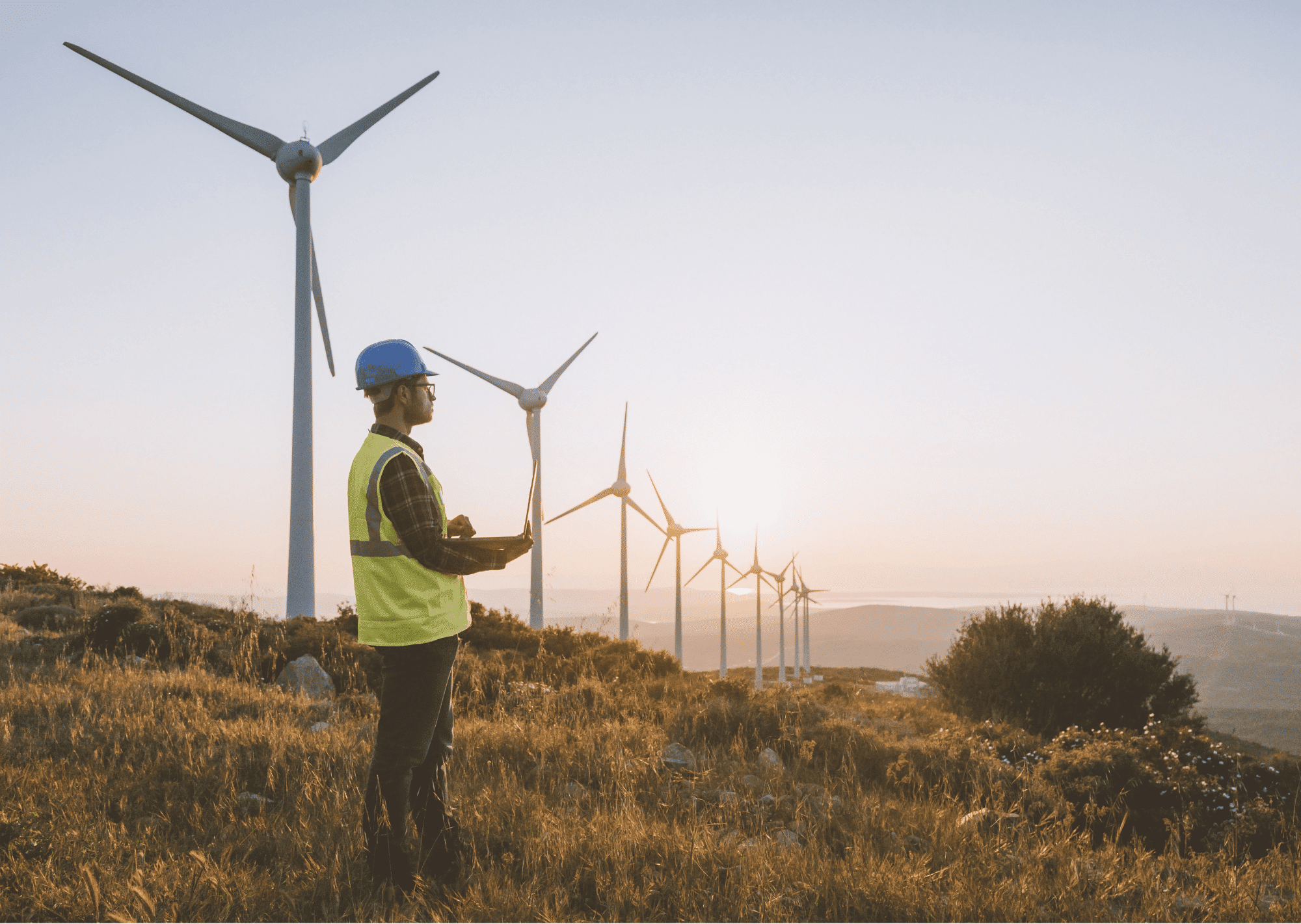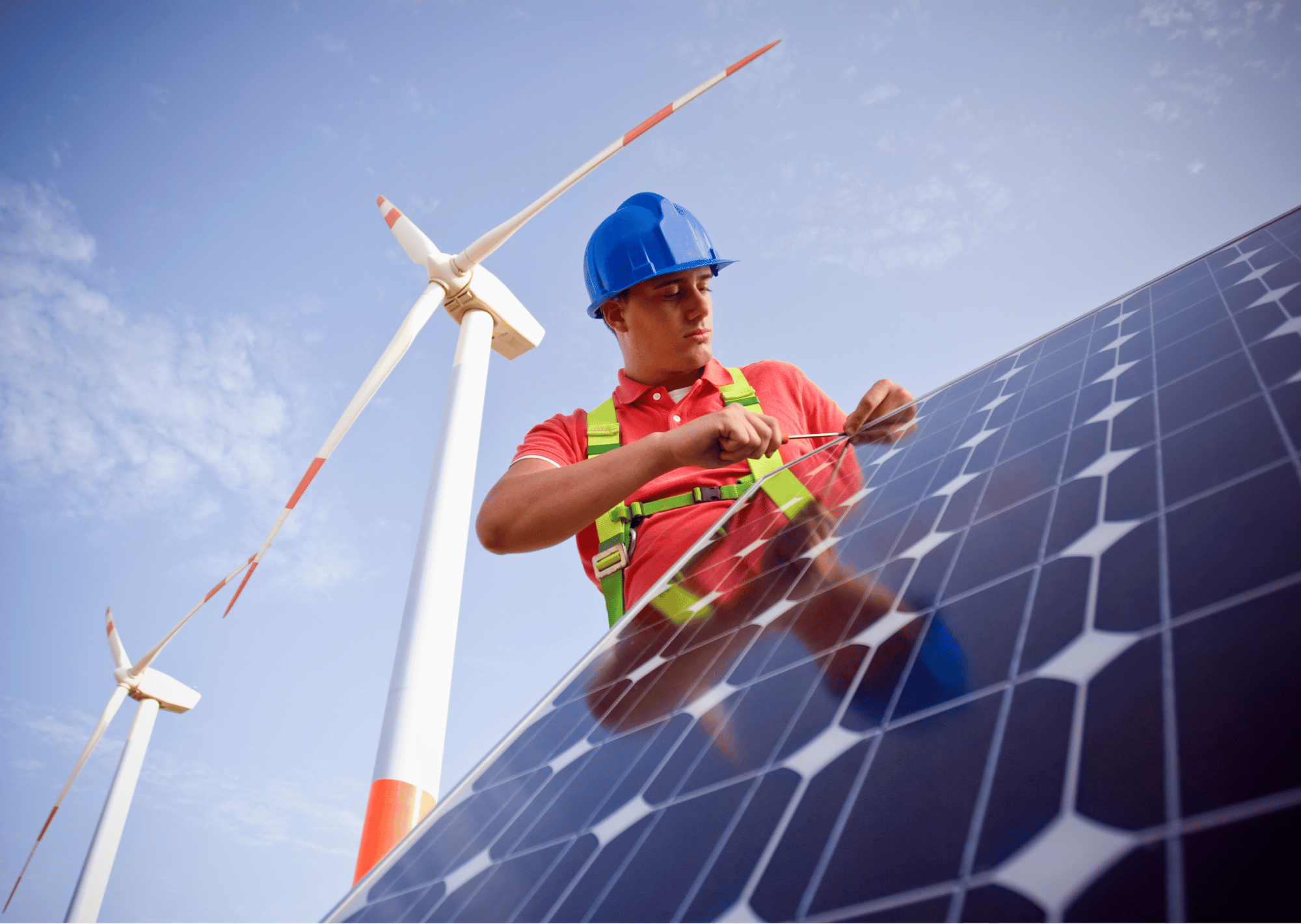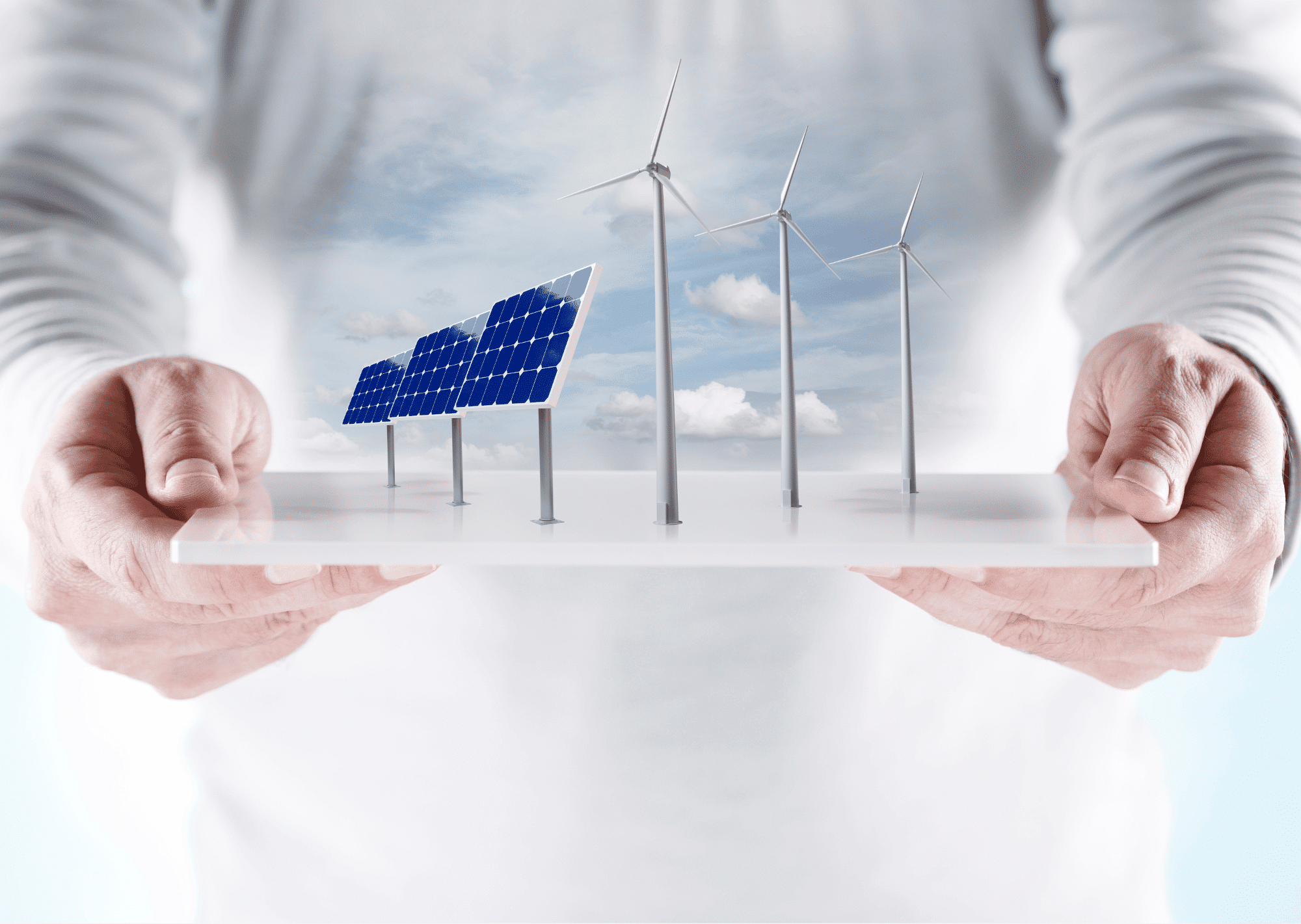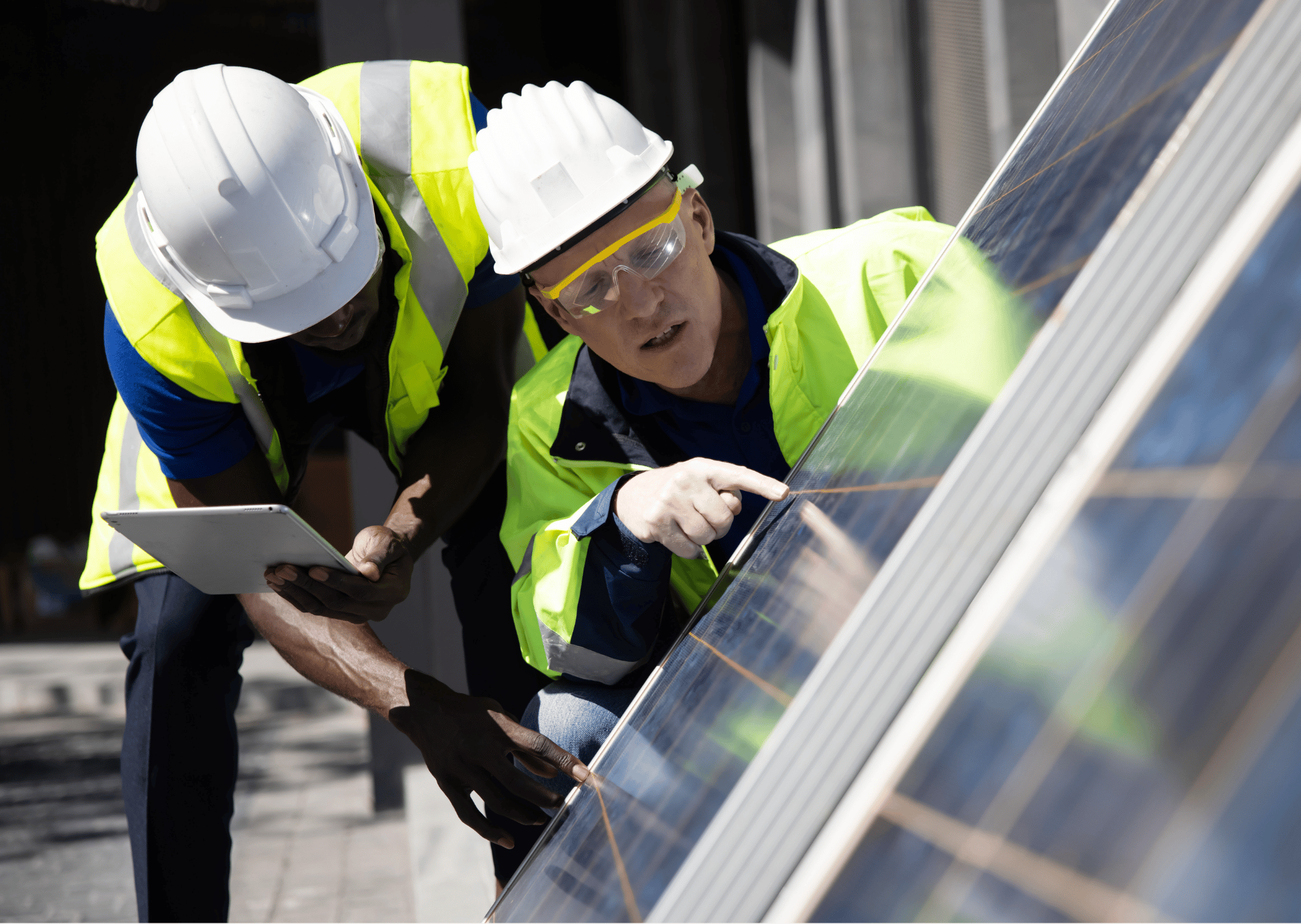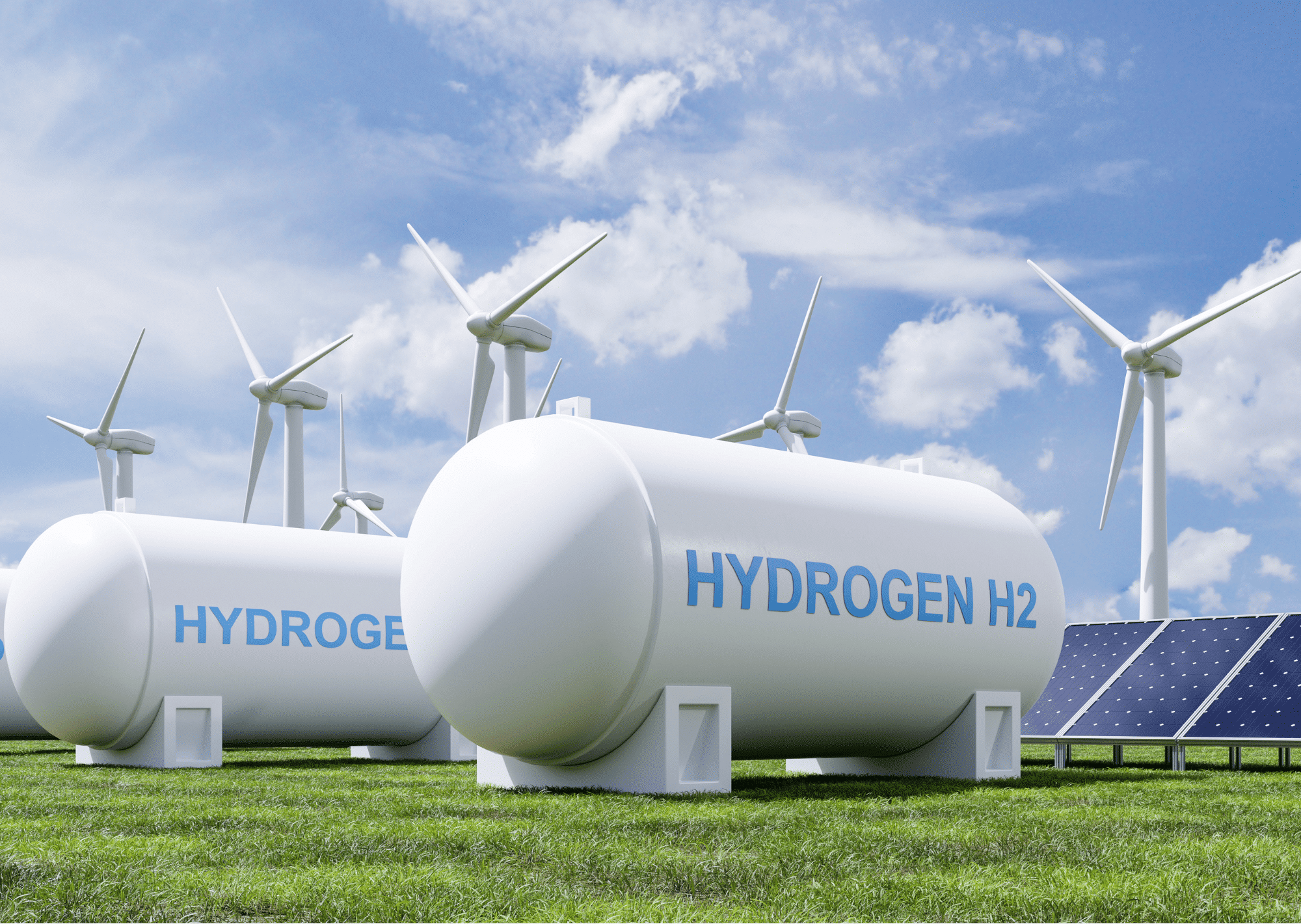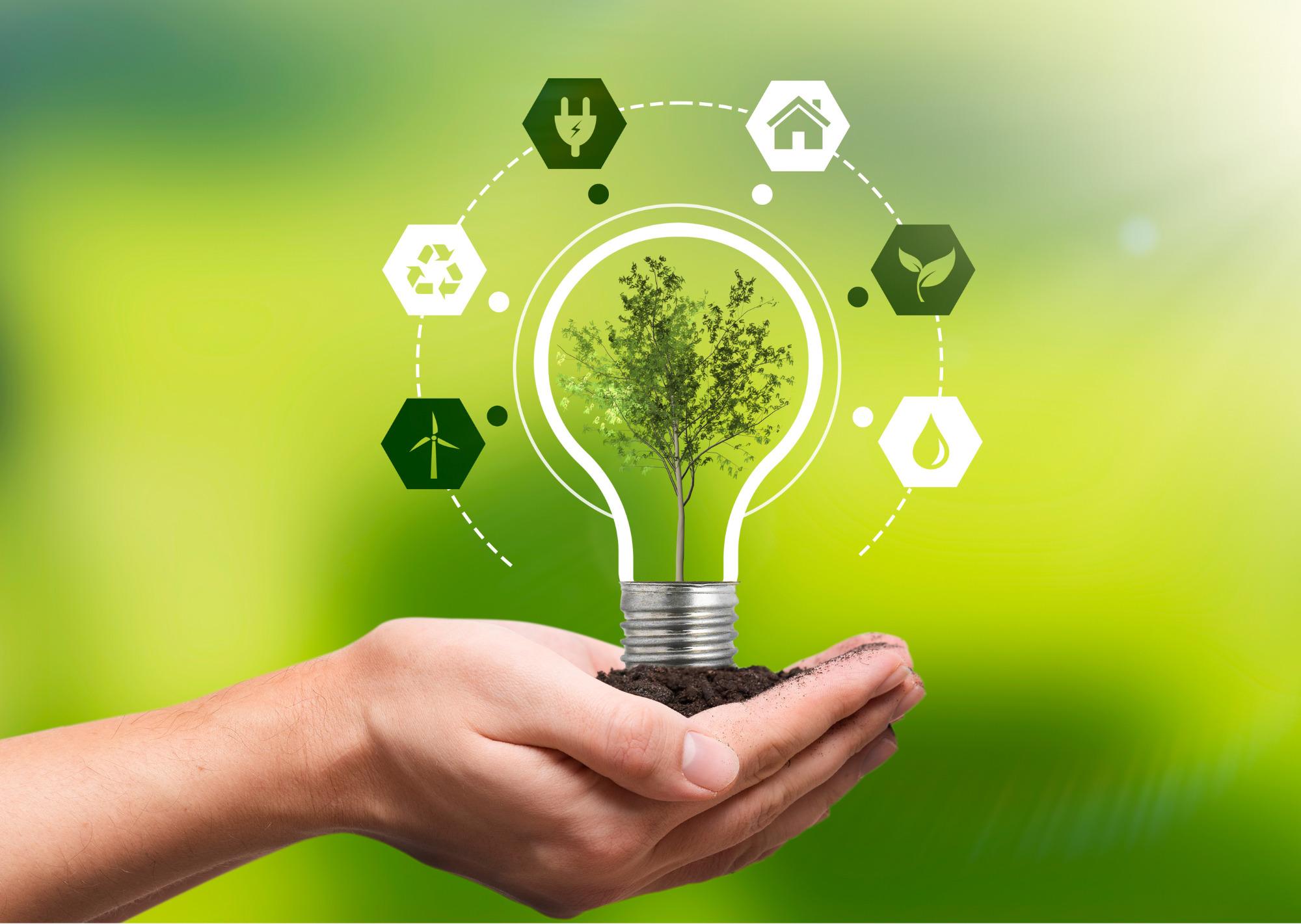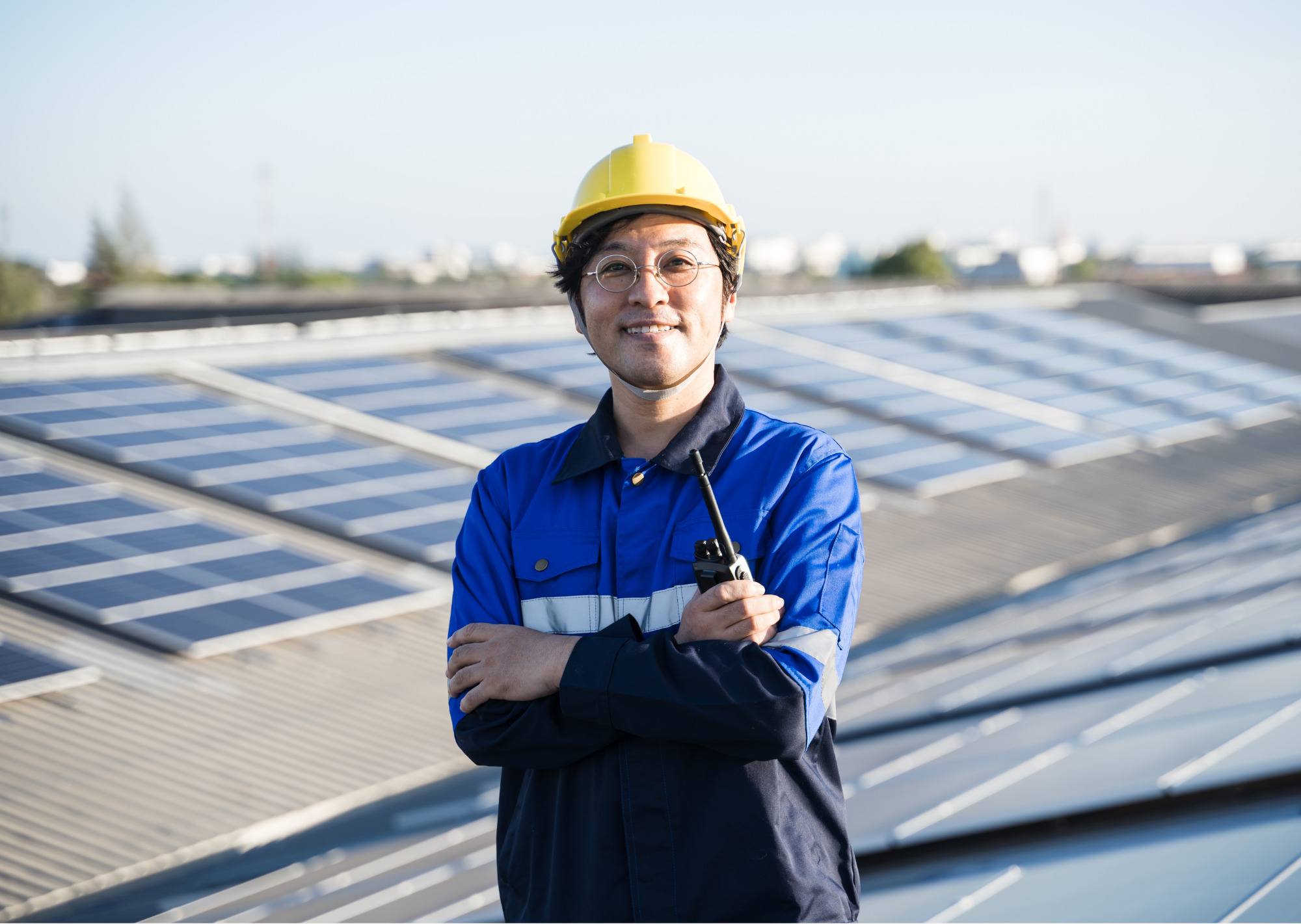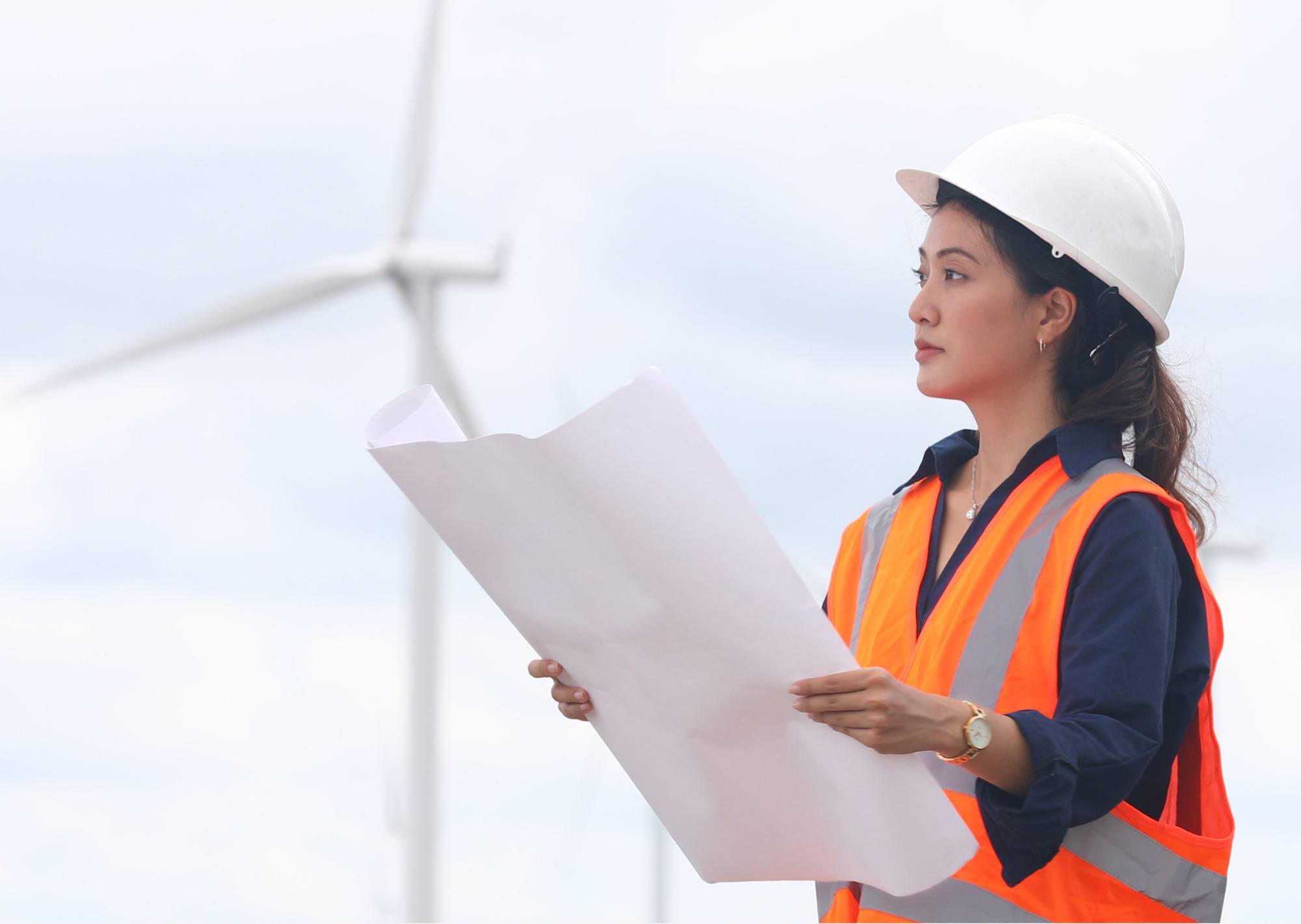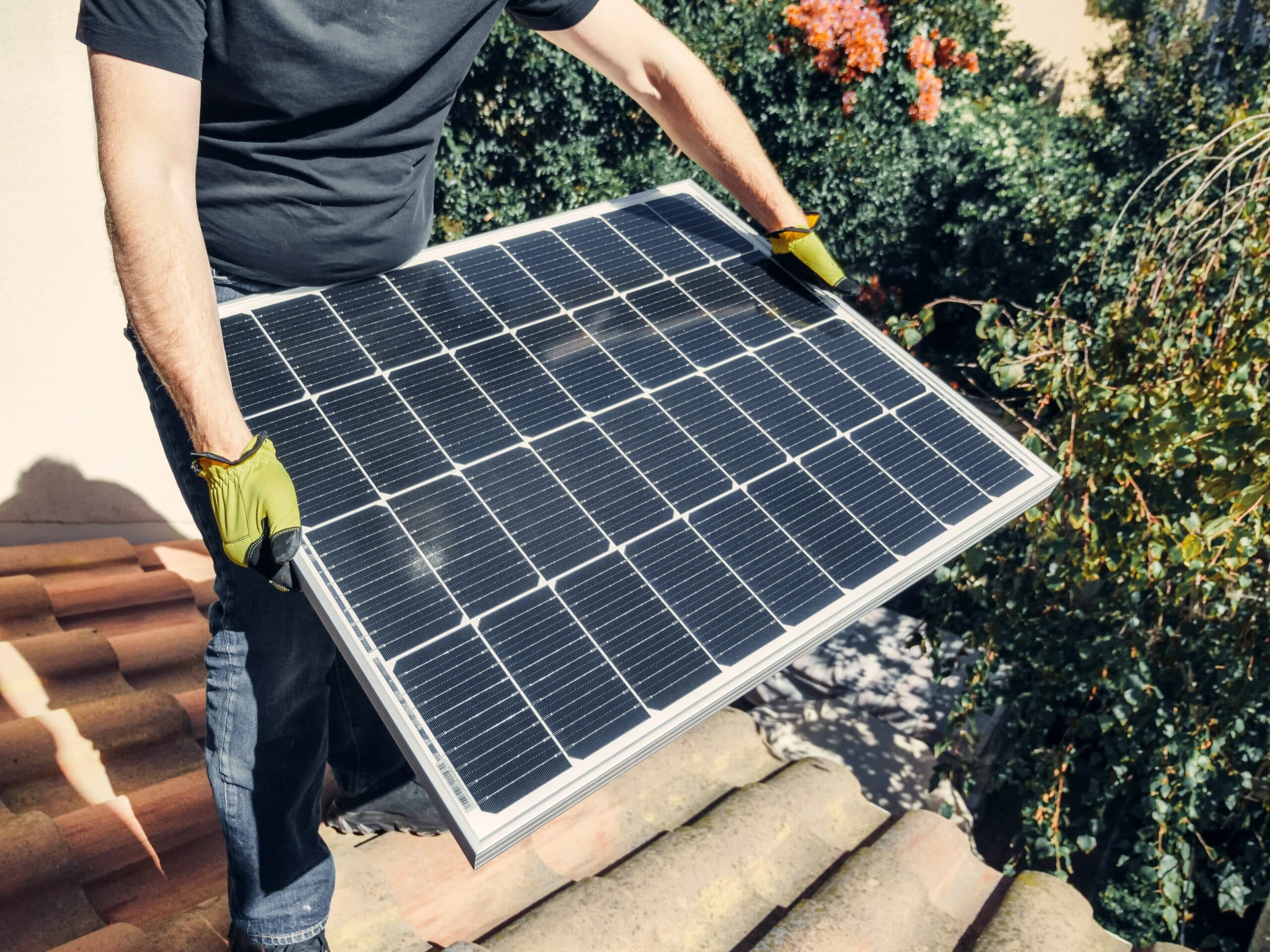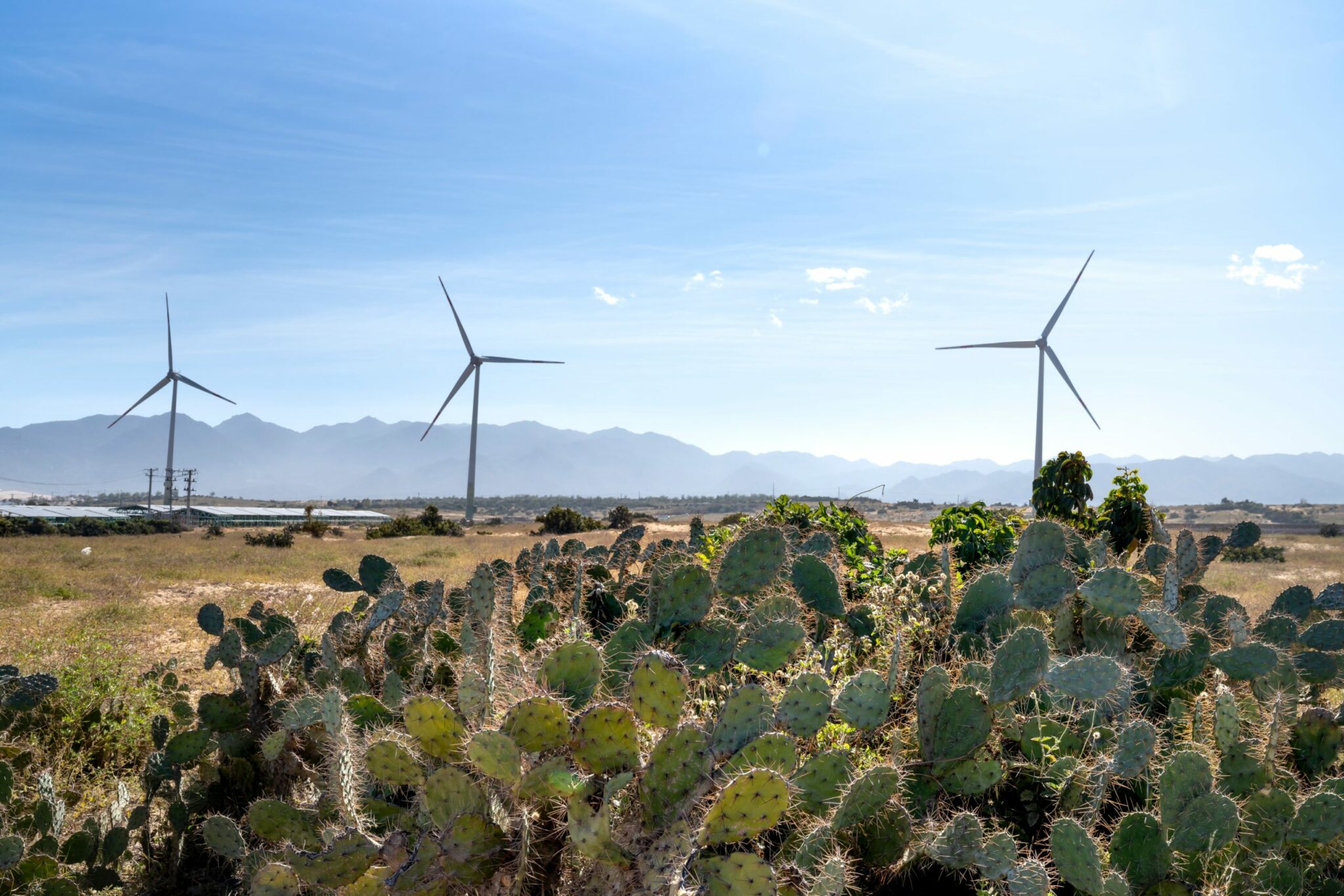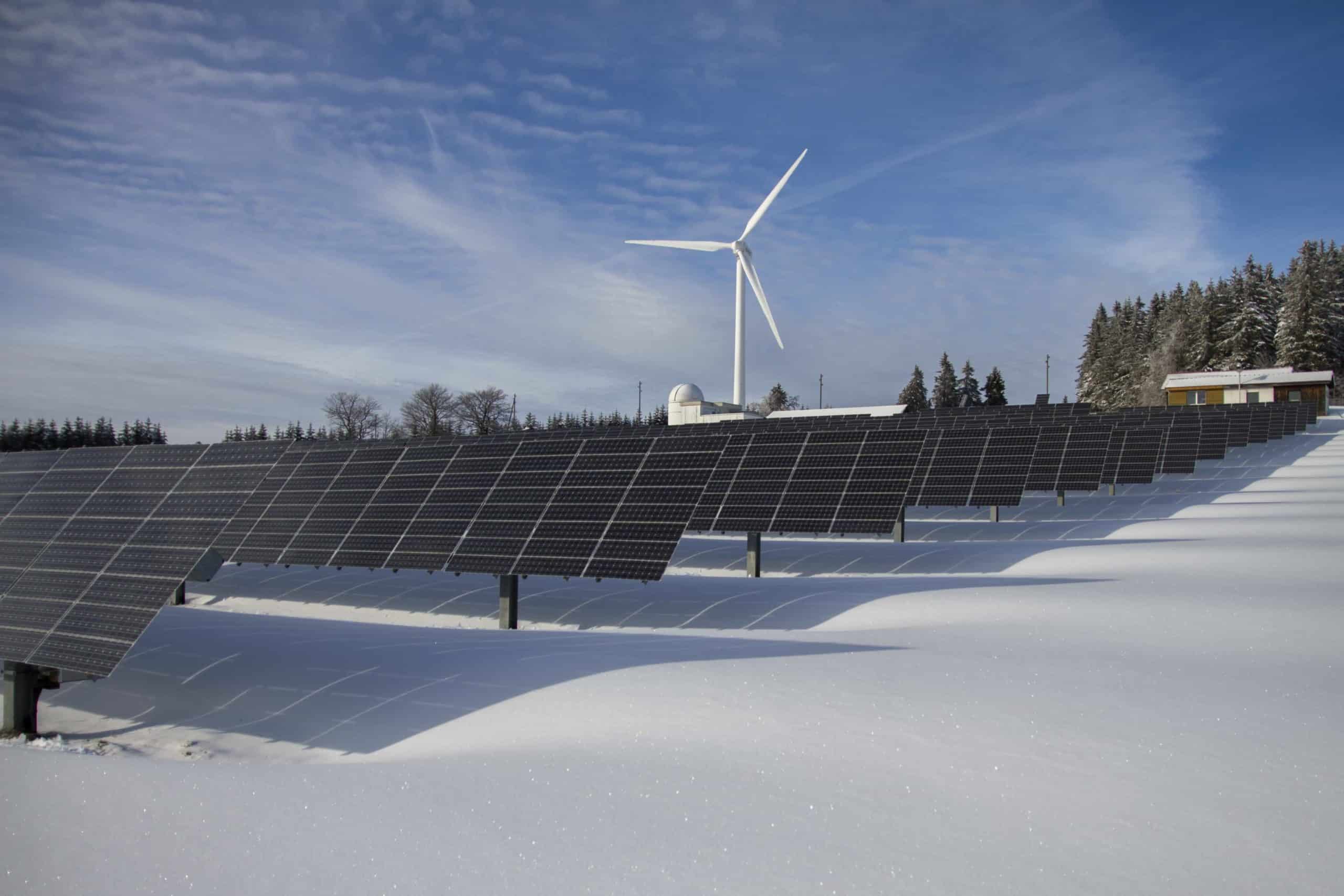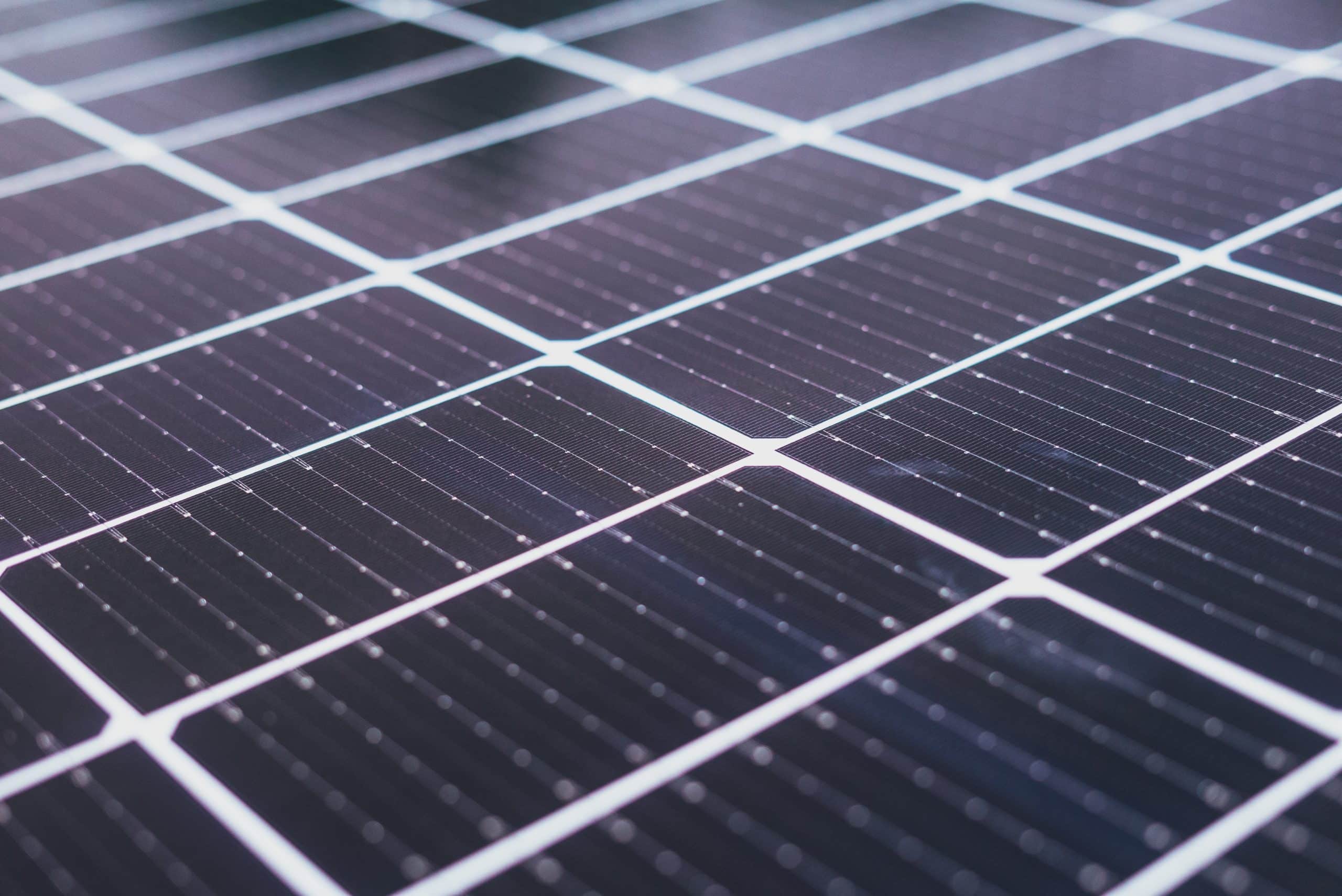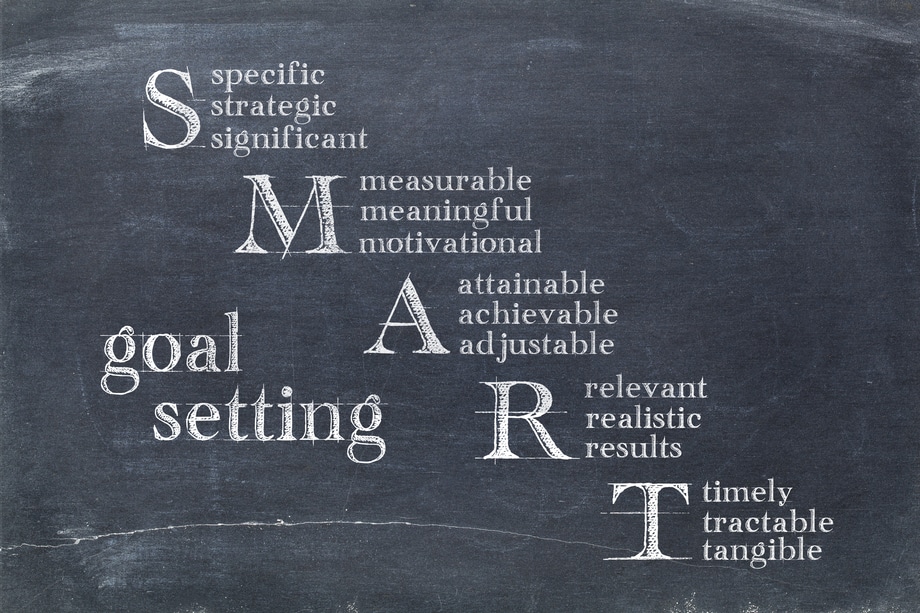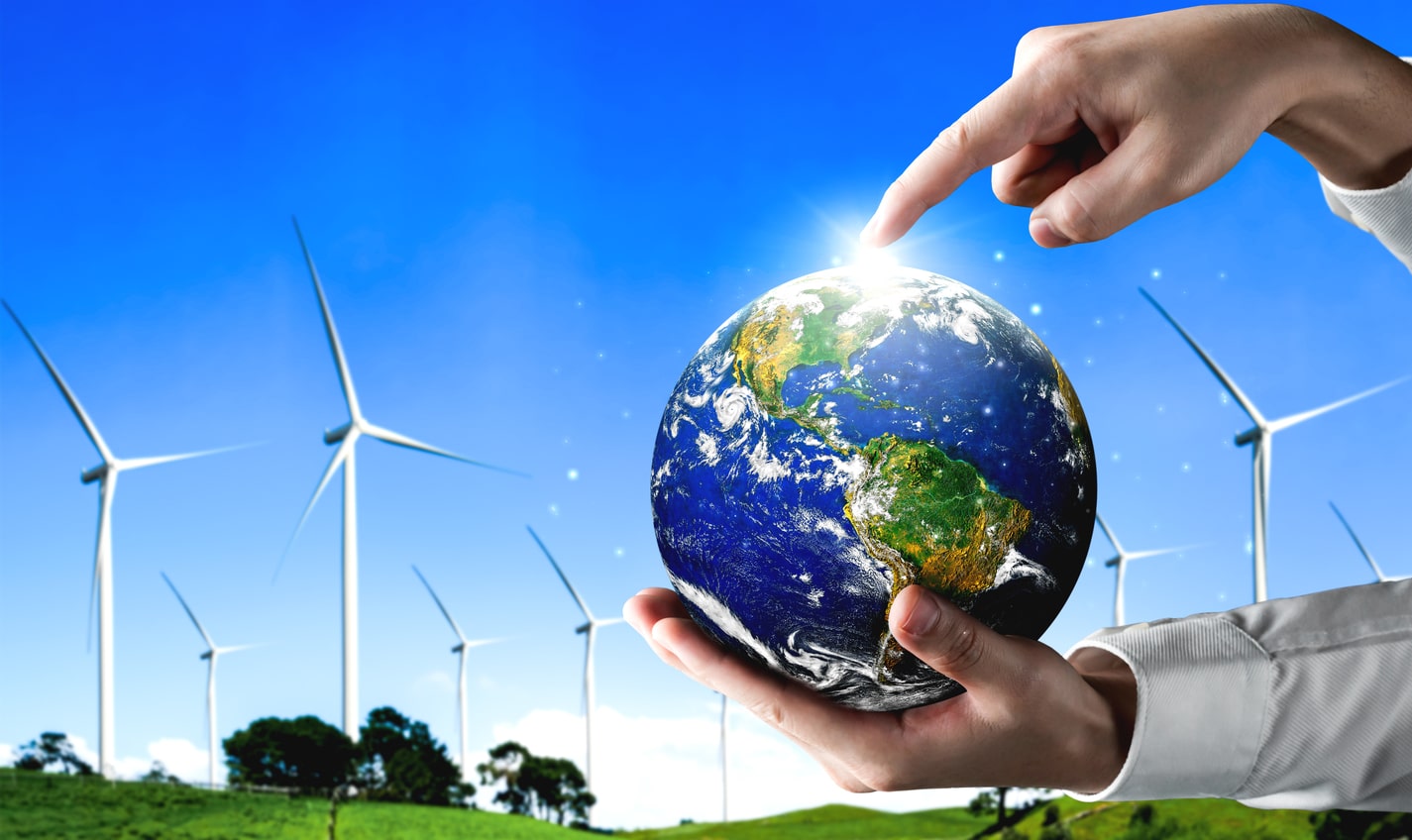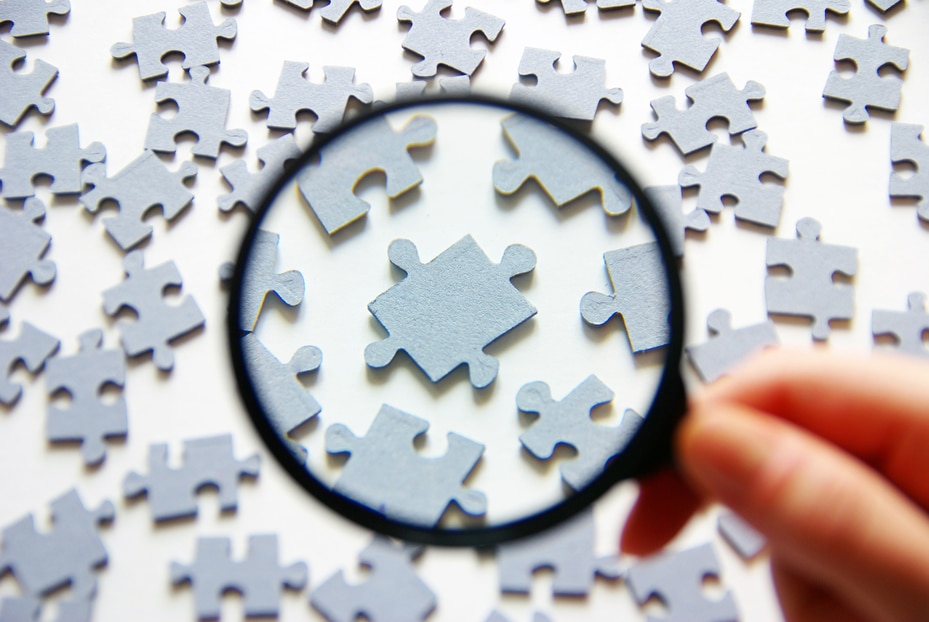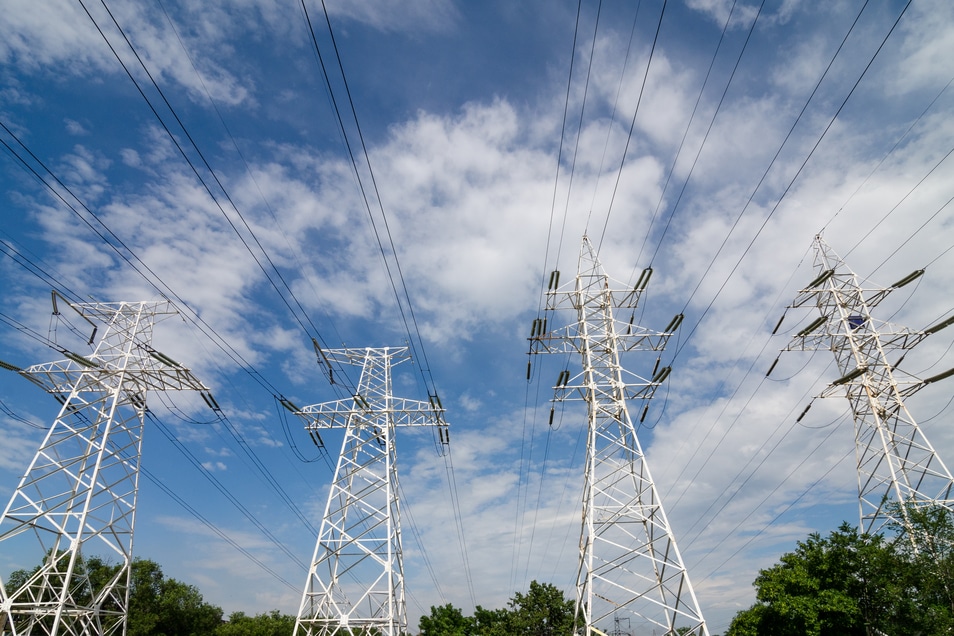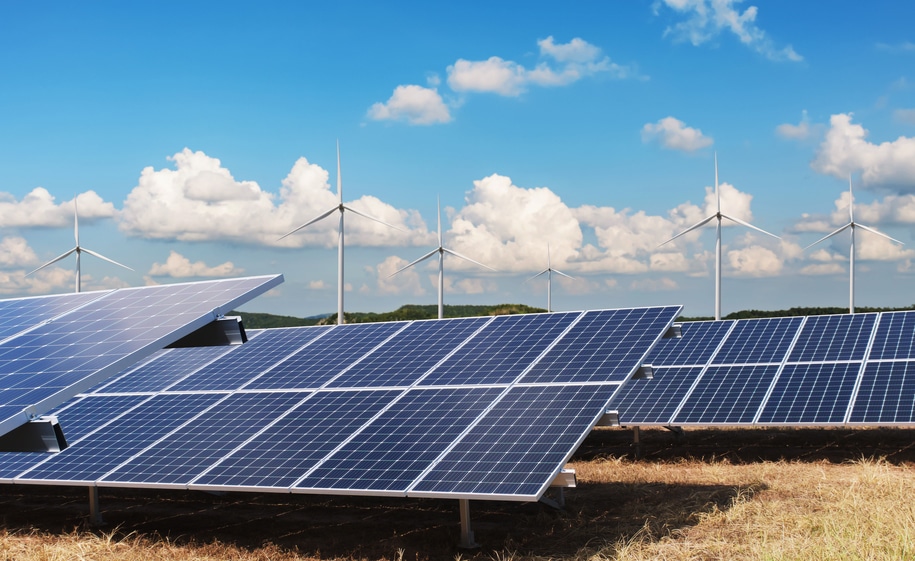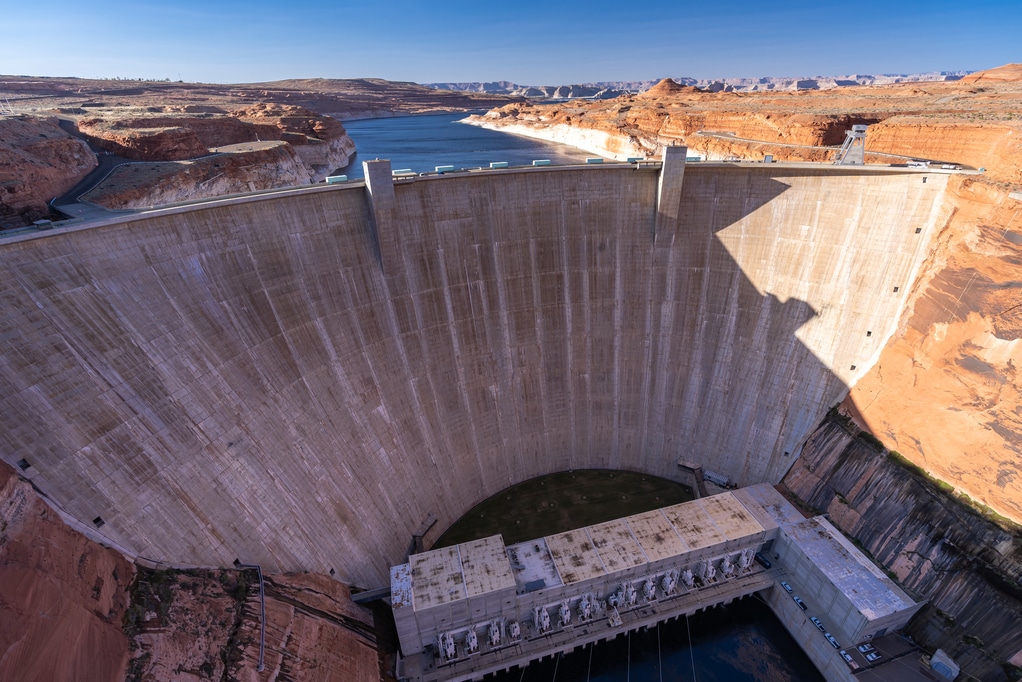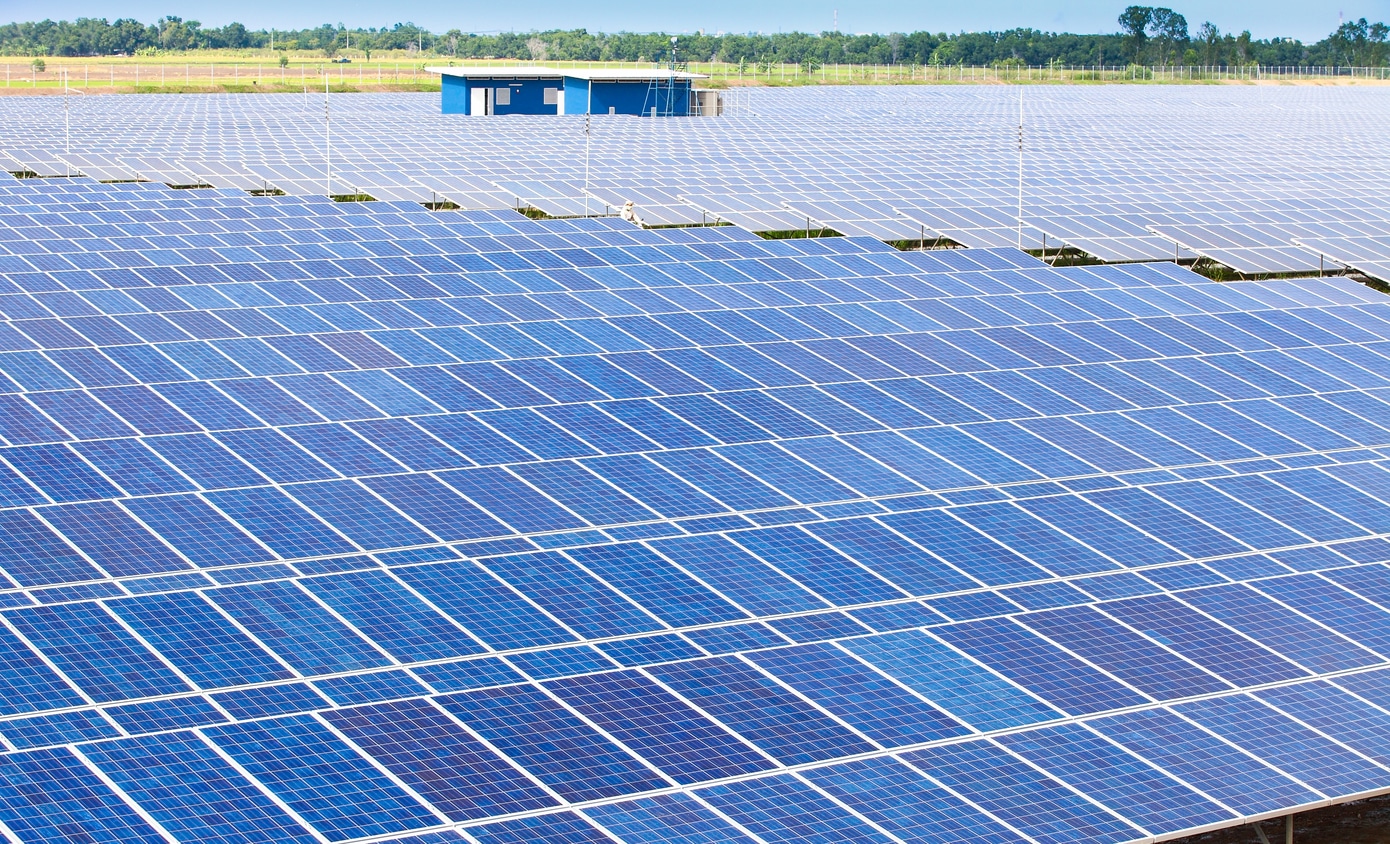While there are different sources of energy, when it comes to how you are likely reading this today, it is because you have electricity. Have you ever wondered how the energy that is generated by the wind, sun, water, or other sources makes it way to you? This process is interesting and complex. We are going to review what transmission and distribution of electricity is and how it works.
What is Transmission and Distribution of Electricity?
Transmission and distribution of electricity refers to the different stages of transferring electricity over poles and wires from the source to a home or a business. Transmission and distribution of electricity are not the same. The primary distinction between the two, is the voltage level at which electricity moves at each stage.
After electricity has been generated from the source, whatever that source may be, a system of electrical wires carries the electricity to our homes and businesses. These lines can be found overhead or in the ground, and combined, transmission and distribution lines make up the electrical grid.
Let’s break this down a little further:
Transmission: Transmission is the “interstate highway” of electricity delivery. It refers to the part of electricity delivery that moves bulk electricity from the generation sites over long distances to substations closer to areas of demand for that electricity. Transmission lines are larger, taller poles and towers, which carry many wires over longer distances. Transmission lines move large amounts of power at high voltage levels; levels that are too much to be delivered directly to a home or business.
Distribution: If transmission is the interstate highway of the grid, distribution is the smaller city street. Distribution is the last step in the delivery of electrical power from generation to the consumer. Power that is sent through transmission lines is reduced in voltage by transformers, and then sent to the distribution lines. Power travels on the distribution system at a voltage level that can be delivered directly to a home or business. Distribution lines are the lines you see along streets, leading up to your home or business, etc.
To put this simply, transmission of electricity is at a much higher voltage of electricity than distribution. Transmission lines are the very big electric towers and lines you see, while distribution lines are the ones that are seen leading directly to homes and businesses.
What is a Transformer and why is it Important to Transmission and Distribution of Electricity?
Many people, at least once in their lives, has or will, witness a transformer blowing. That usually means that your home or business is without electricity until the issue is resolved. So, what is a transformer and why do they “blow”?
Transformers are devices that step up or step down the voltage of an electrical supply and are key to the transmission and distribution process. As we reviewed above, in the transmission process, electricity is transmitted at high voltages, too high to go directly to your home or business, across overhead or buried wires. The transformer, or set of transformers, steps down the voltage to make it suitable for household and business use.
Transformer explosions can happen for a variety of reasons; lightning strikes, overloading, wear and corrosion, power surges, moisture and more. Transformers contain protective circuits designed to shut off the system if the voltage spikes, but these safety devices can take up to 60 milliseconds to trigger, and may not be fast enough to prevent the transformer from blowing. When a transformer blows, it interrupts electrical service to any residences or businesses connected to the transformer and must be repaired before service is restored.
What else Should I Know About Transmission and Distribution of Electricity?
Transmission and distribution of electricity is complex, and much like the generation of electricity itself, there is a lot involved in the process. While we could go on and on, we are going to stop here for today and just focus on the basics.
If you are looking for a career or to hire top candidates in the transmission and distribution sector, Mackinnon & Partners can help.
Within the transmission and distribution sector, we have the capability of providing our clients with the highest ranking candidates. Our extensive experience has allowed us to deliver to some of the most challenging, high voltage electrical infrastructure projects. The T&D team at Mackinnon & Partners are extremely successful within this sector because of the extensive knowledge about each and every role from beginning to end.
- Recruitment | Layoff Support - April 24, 2024
- Construction Jobs Recruitment Agency - April 15, 2024
- What is Recruitment Process Outsourcing? - April 8, 2024










